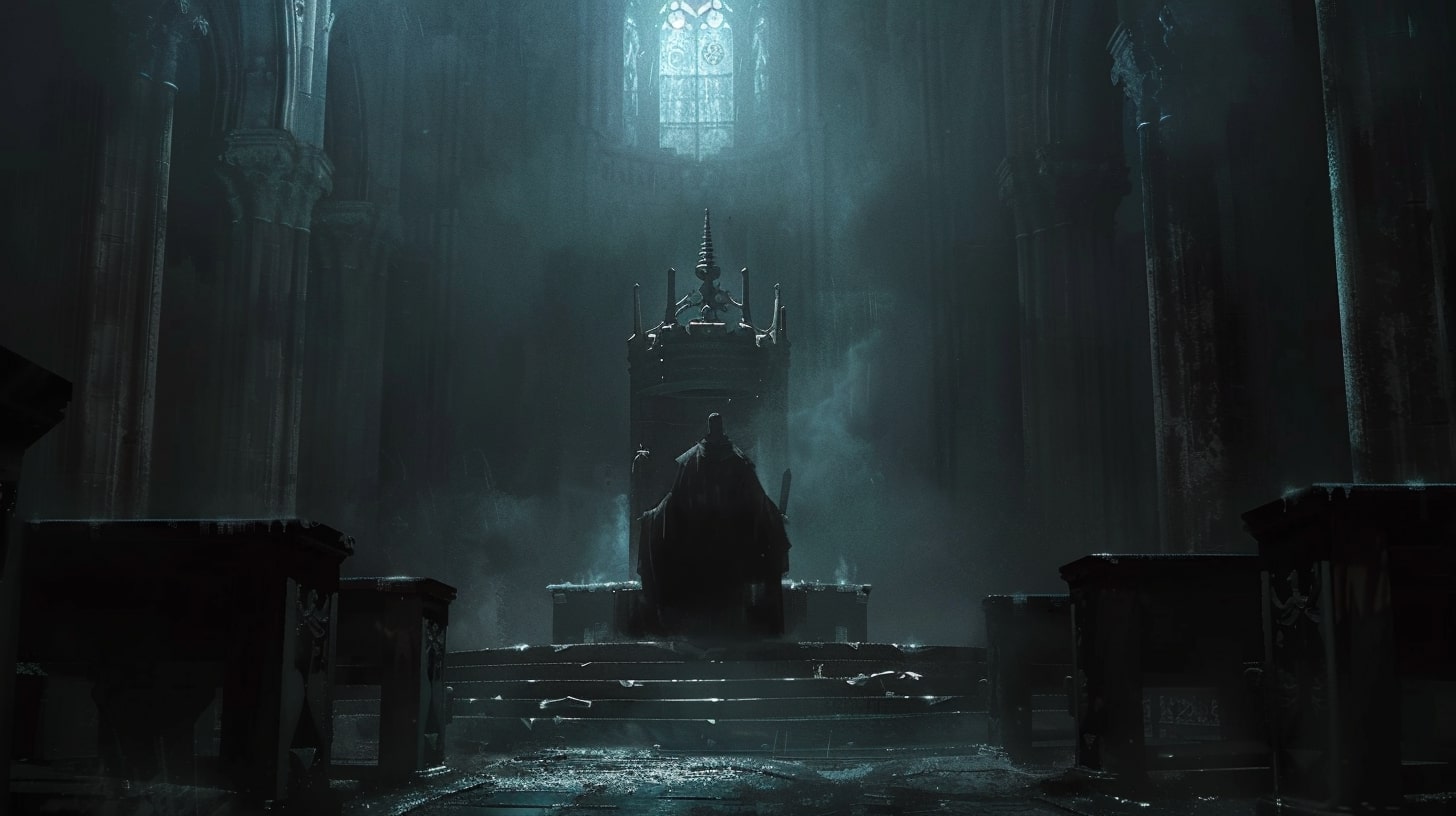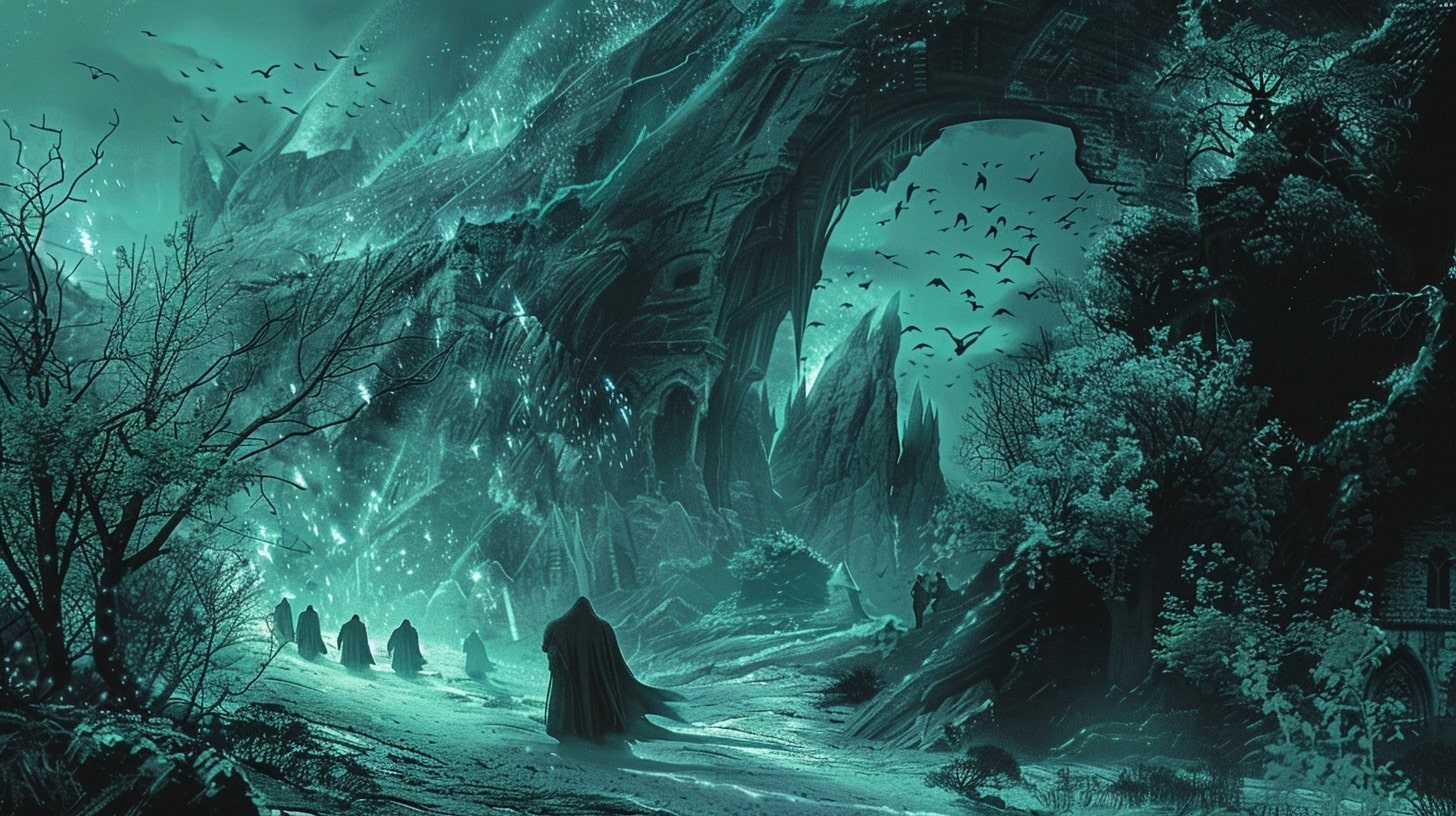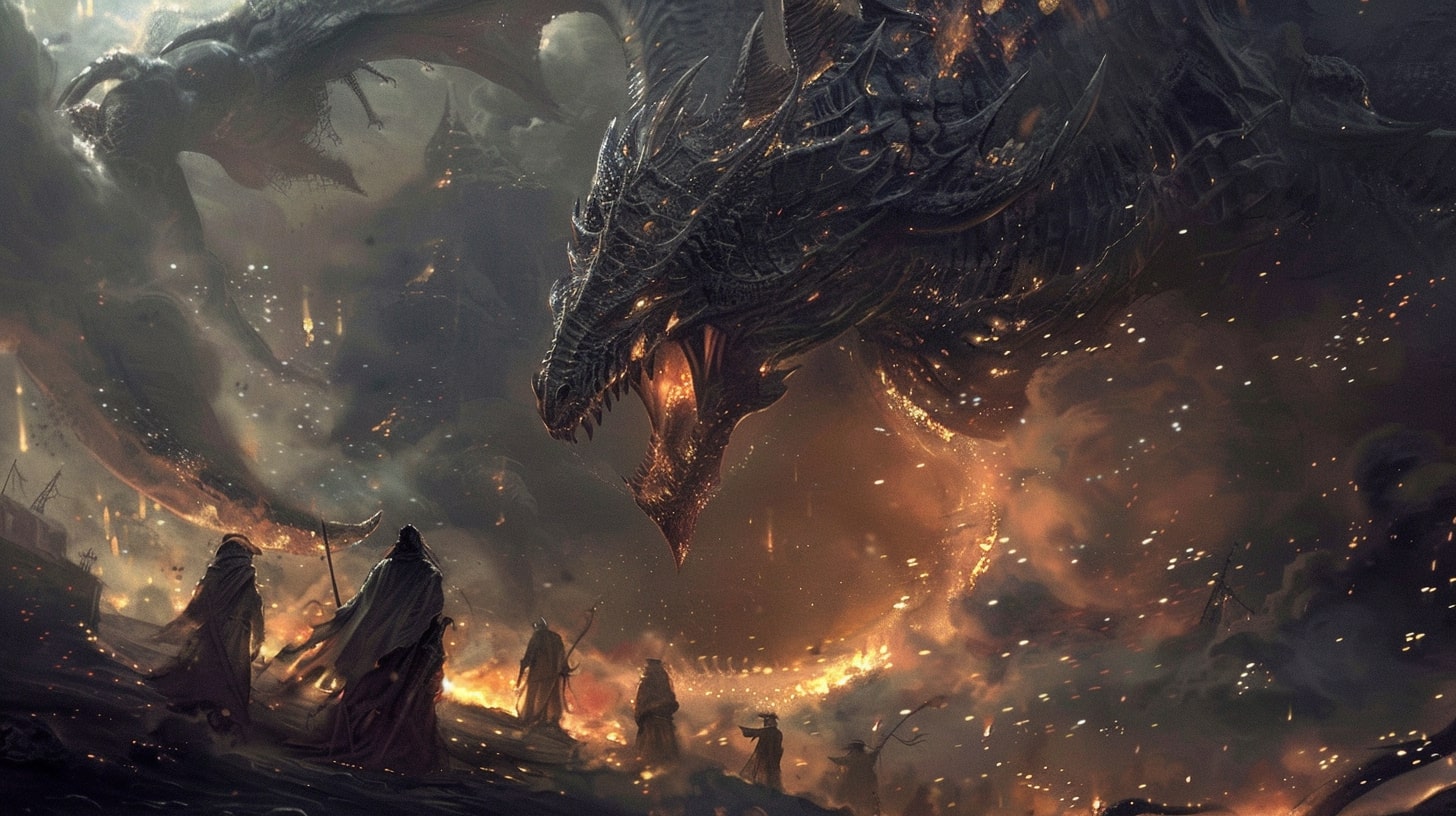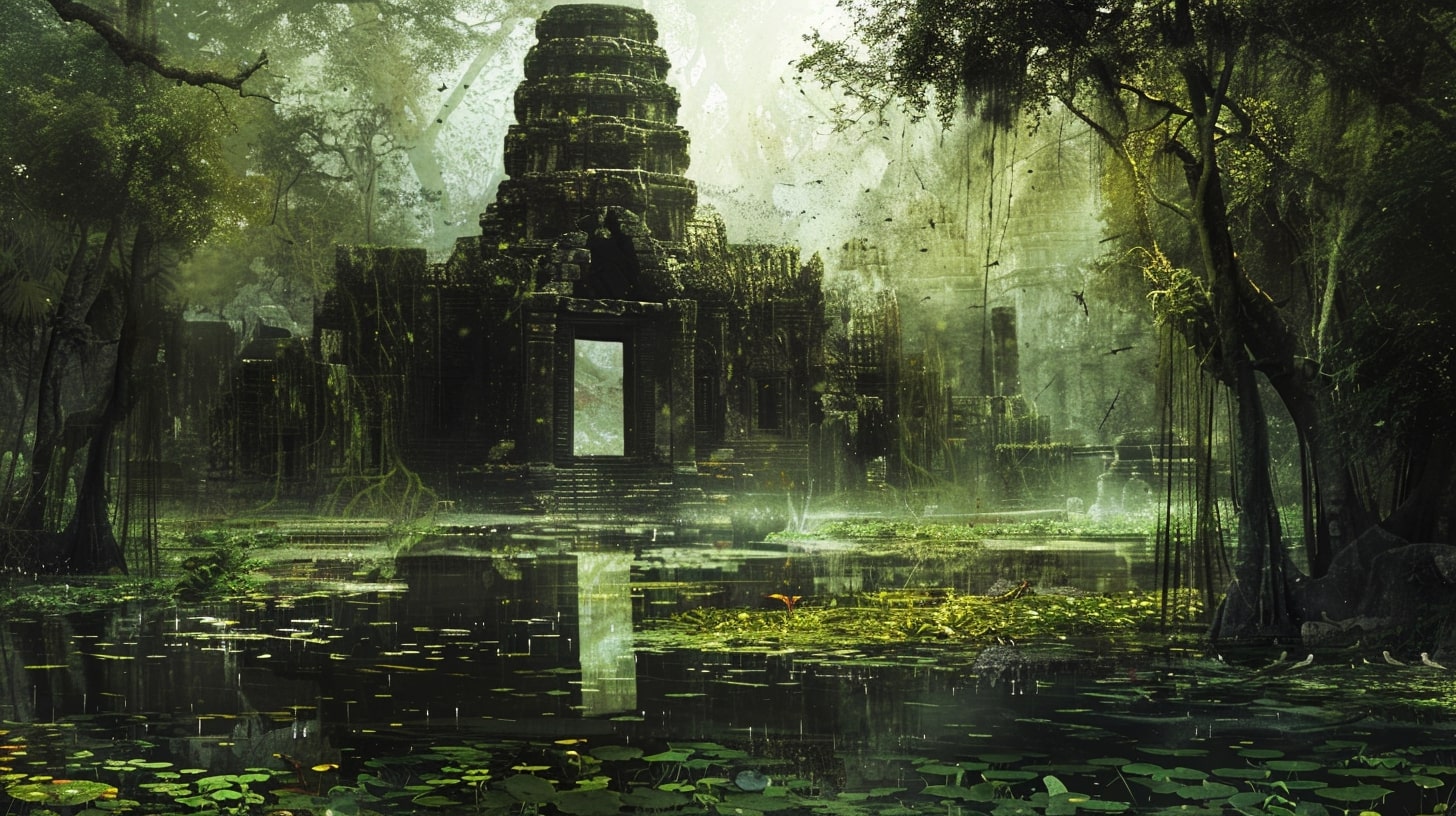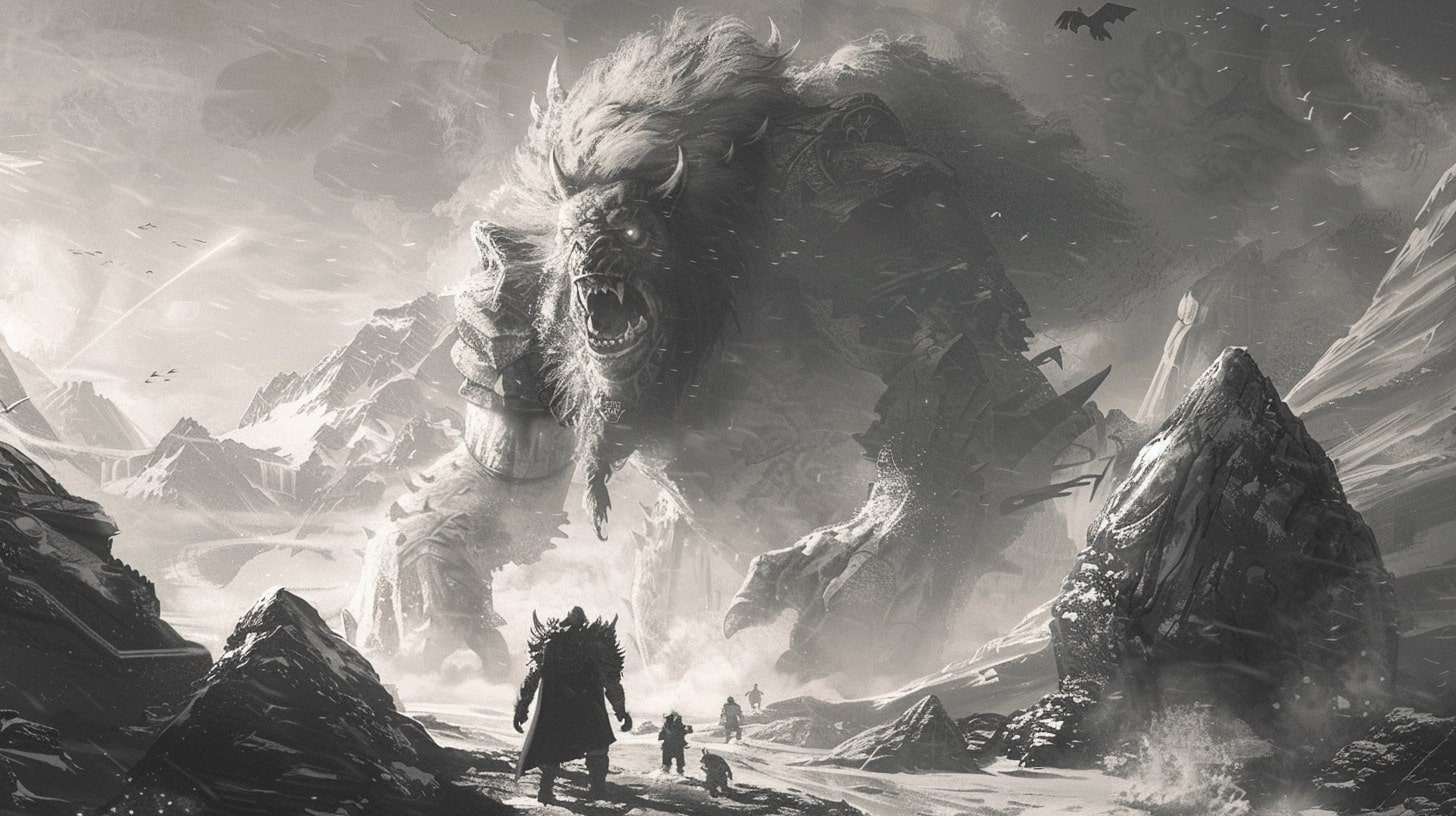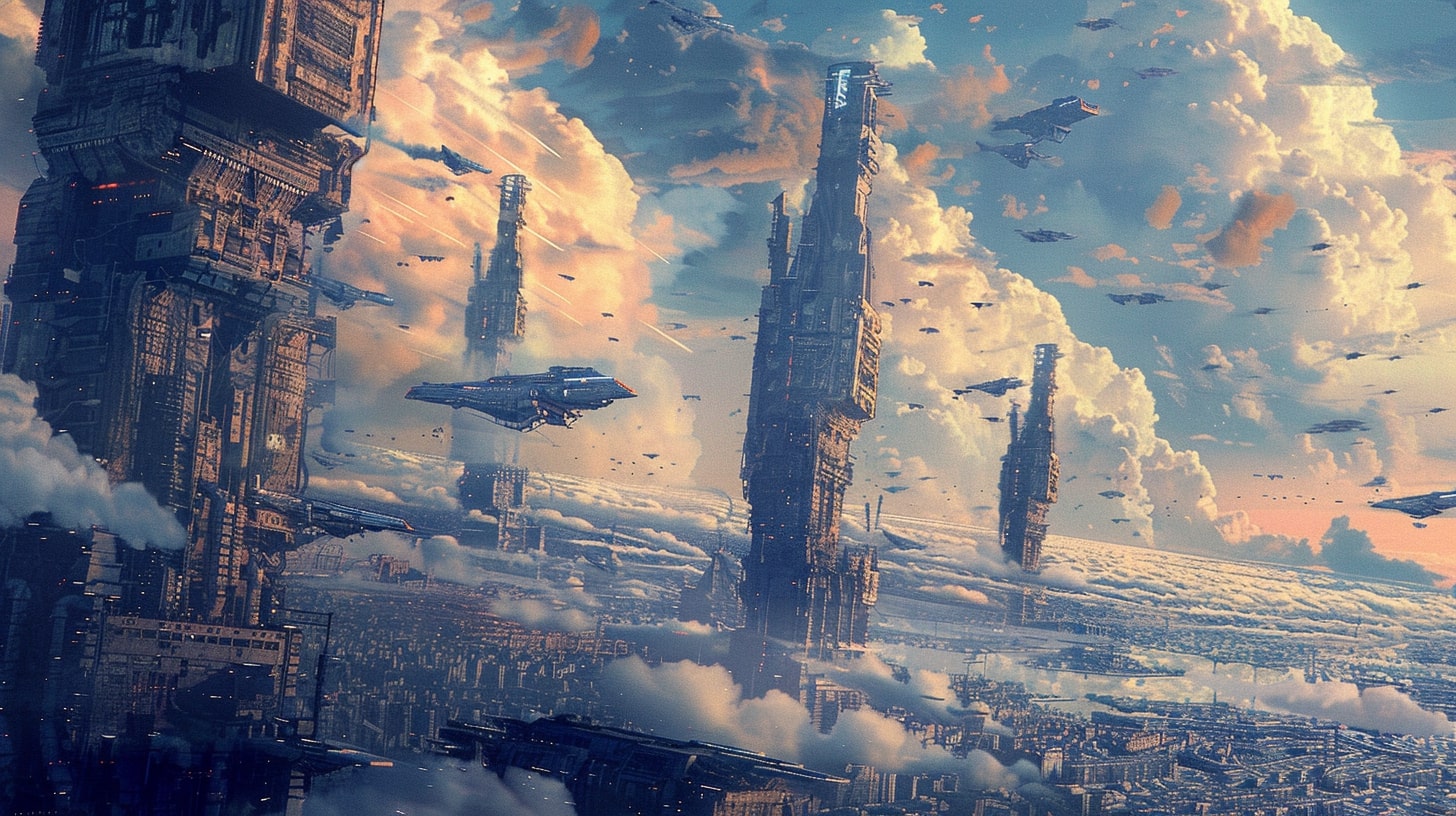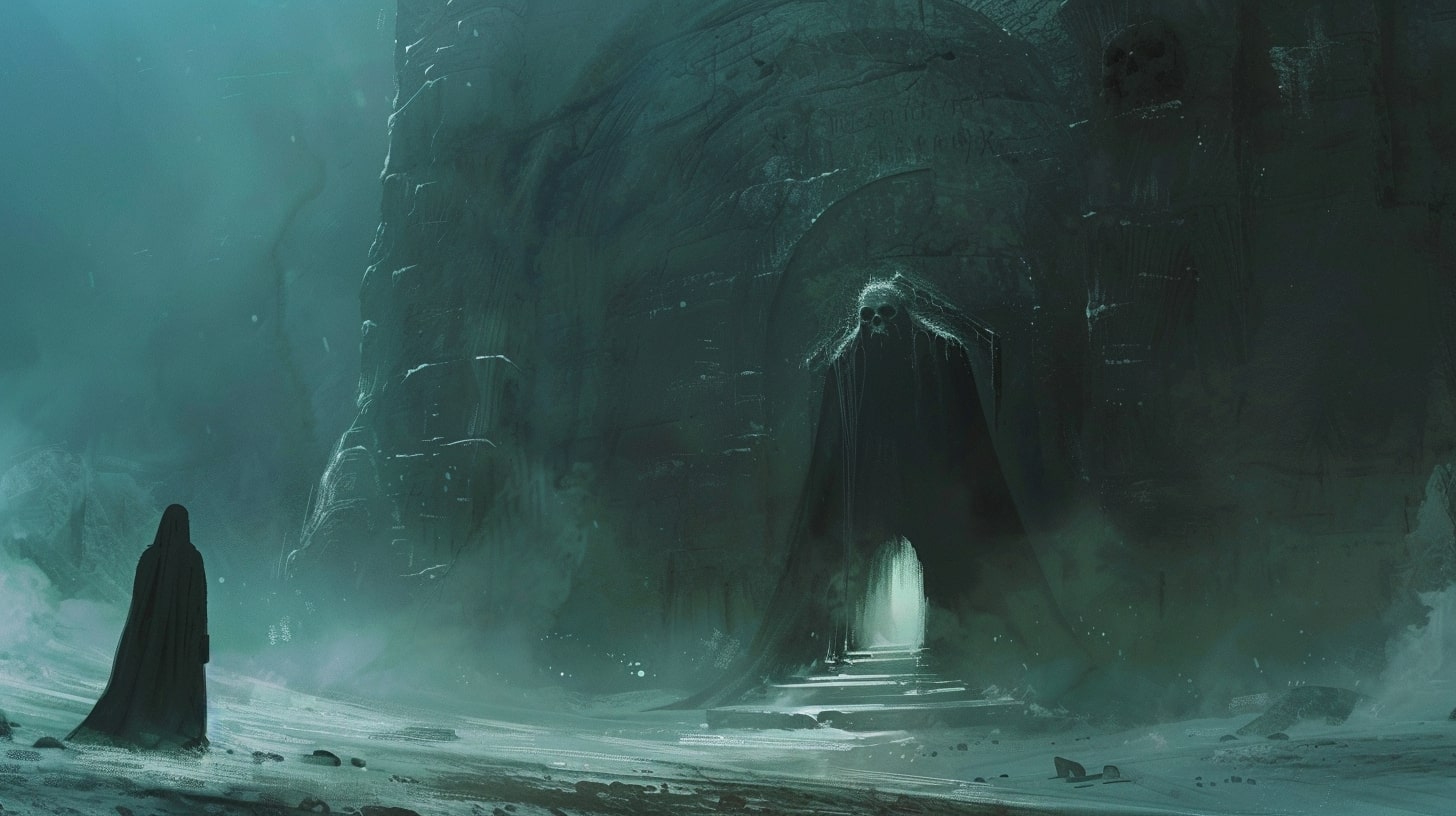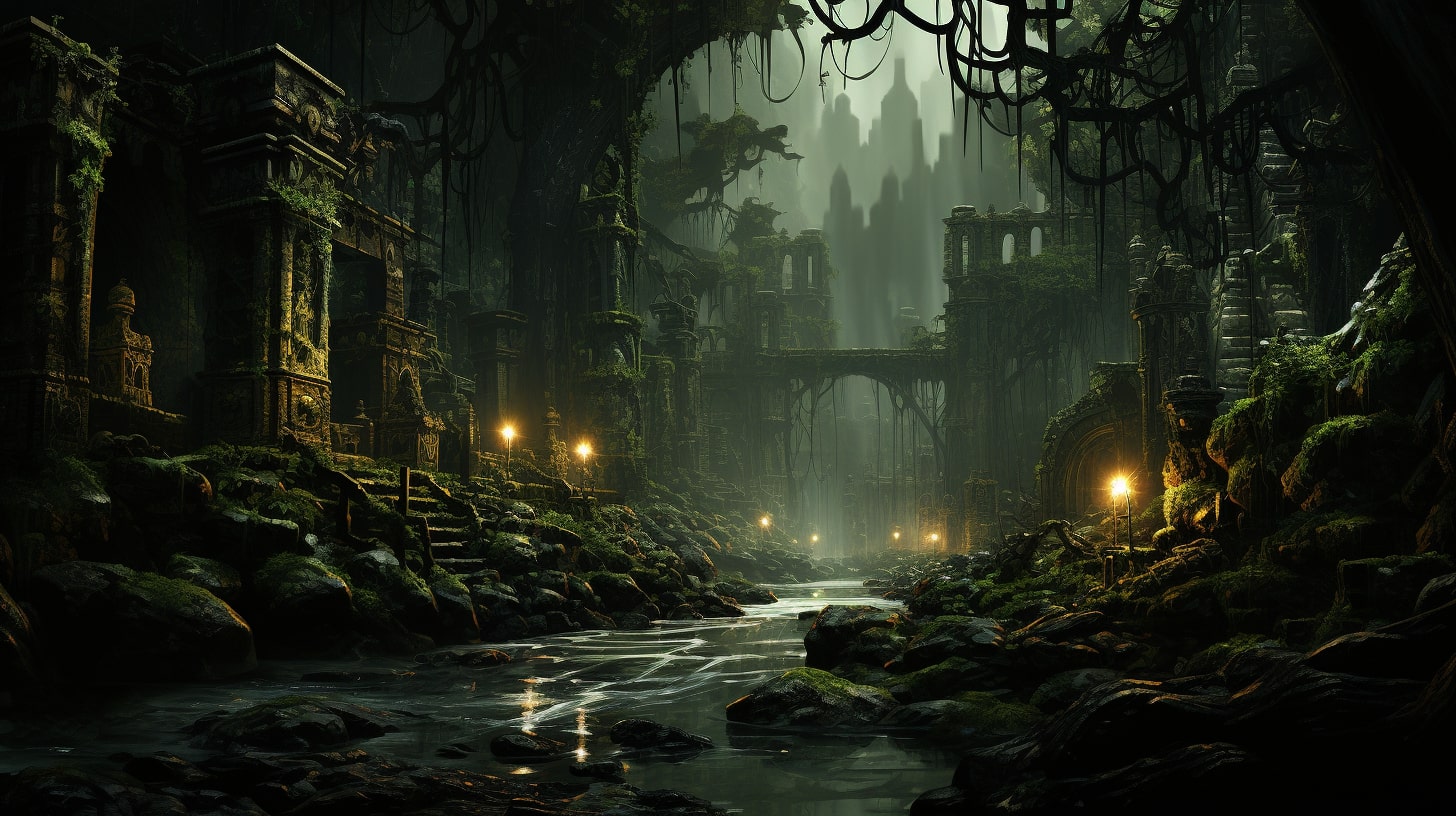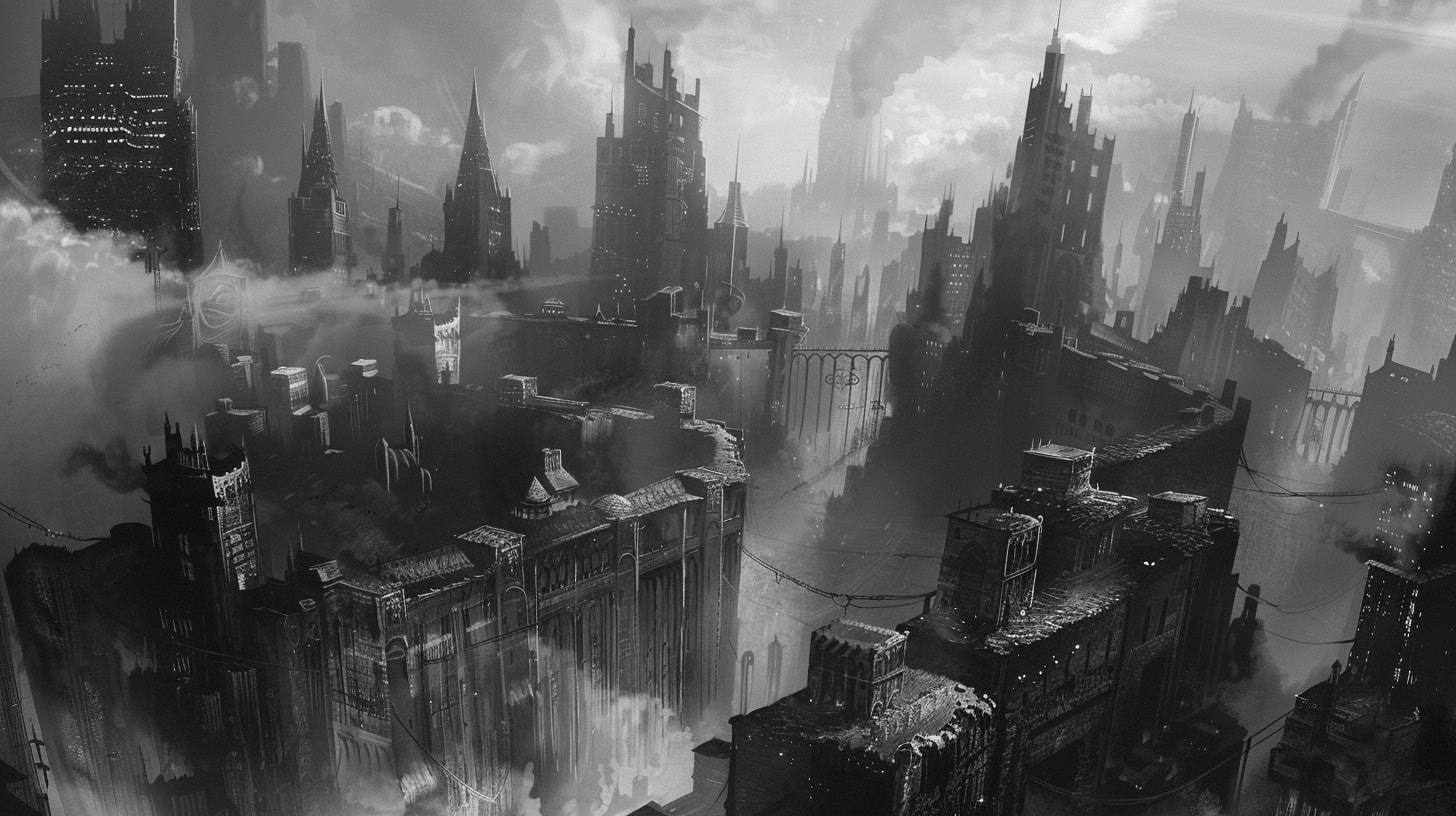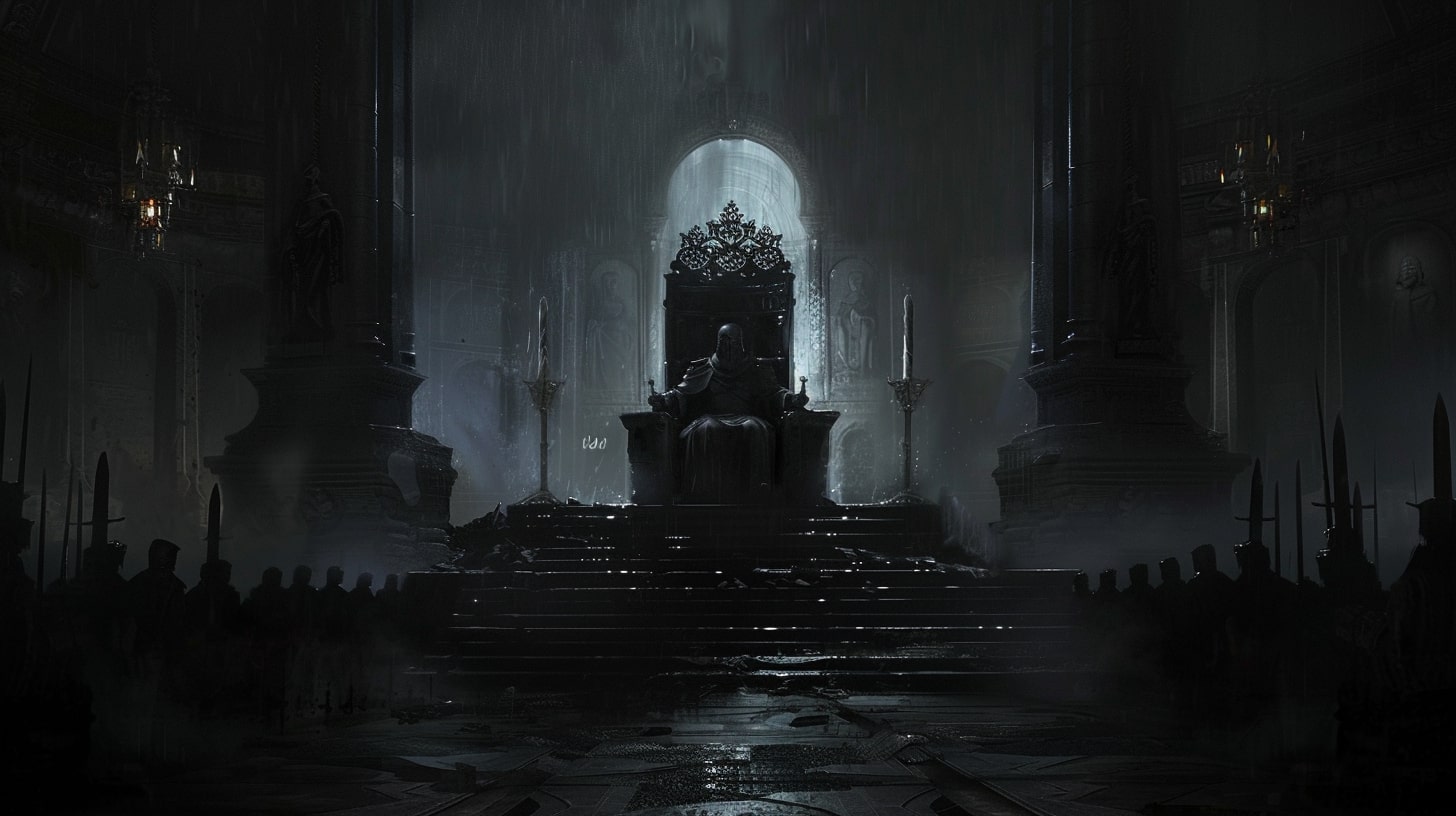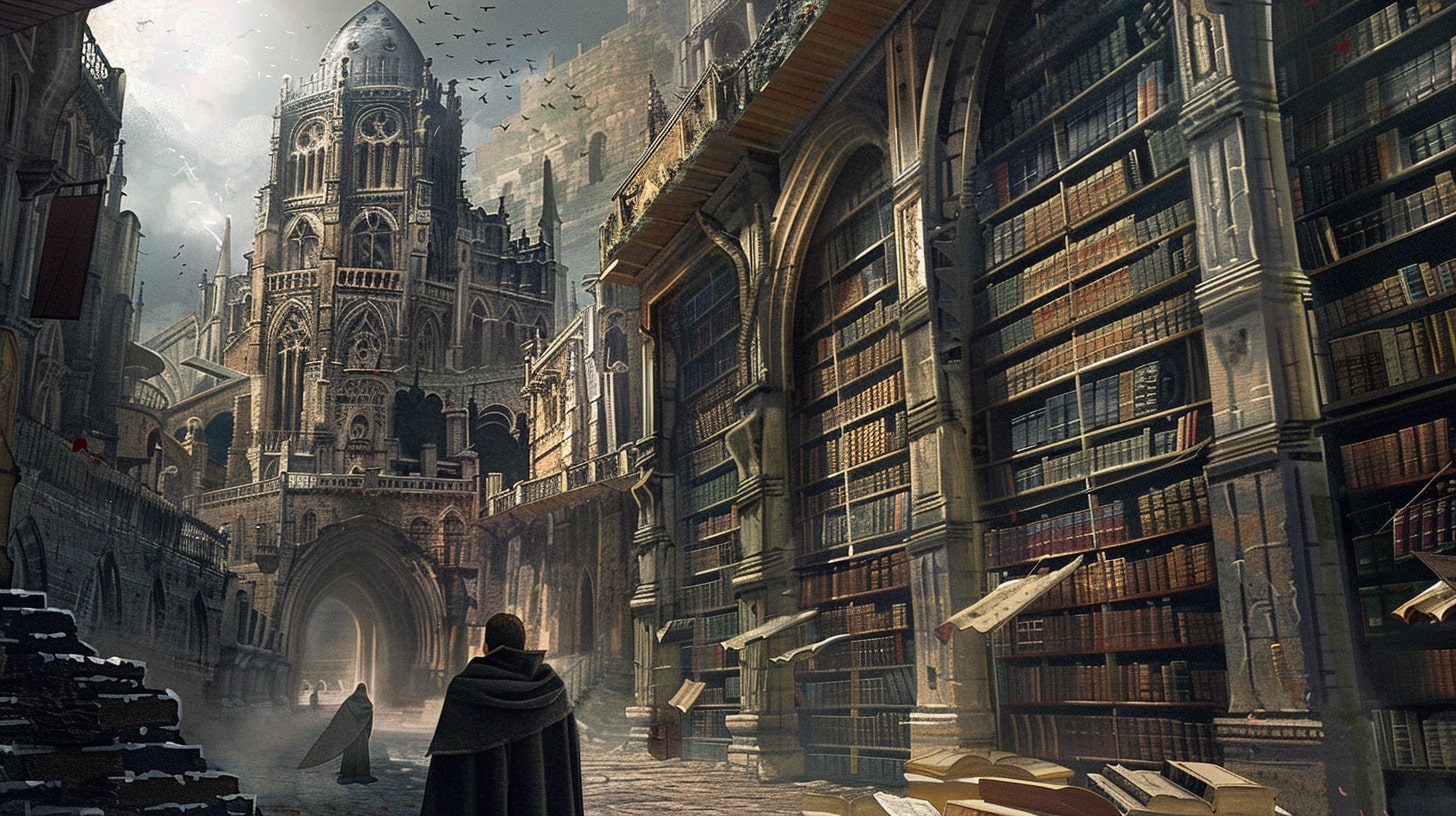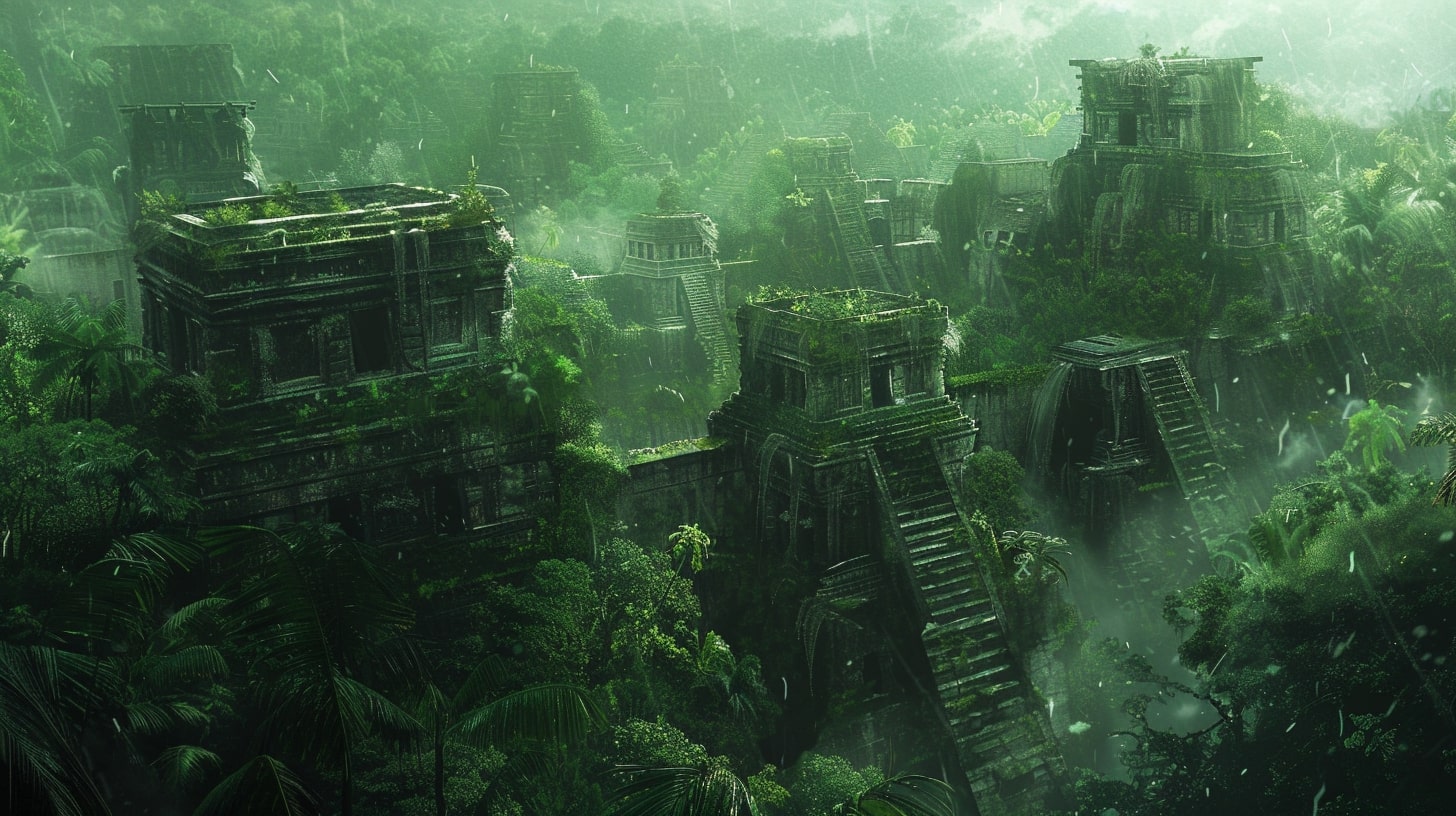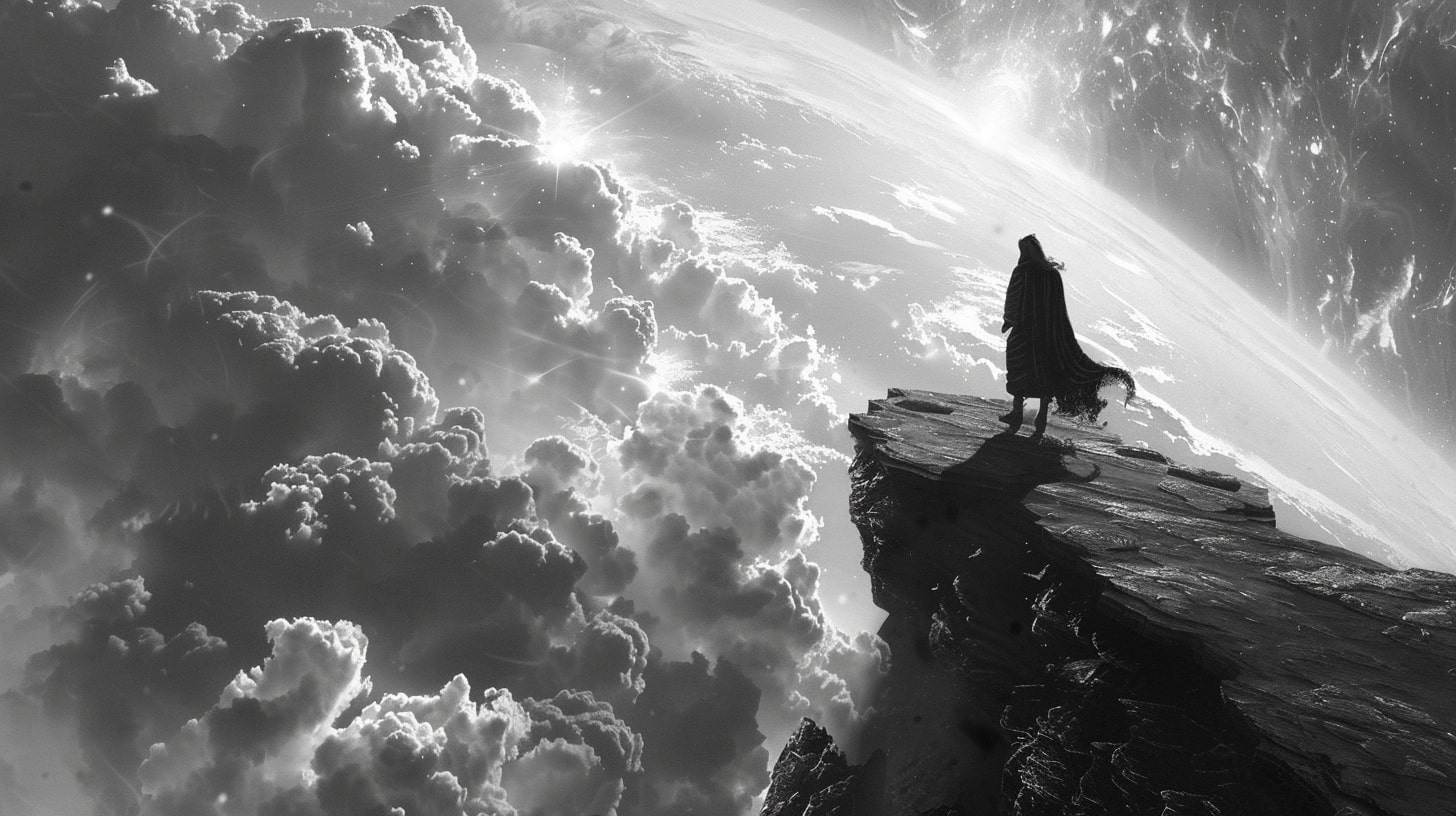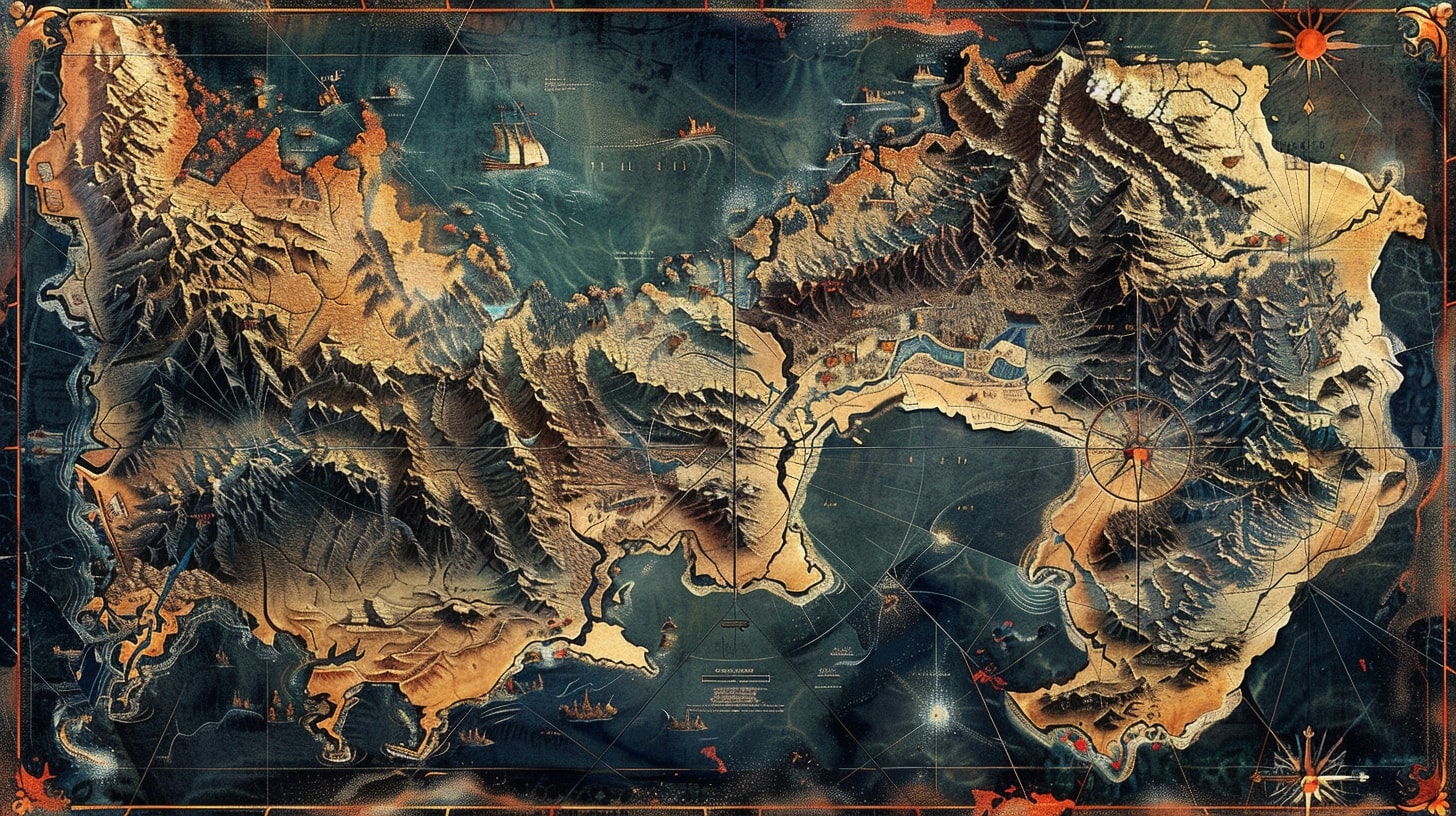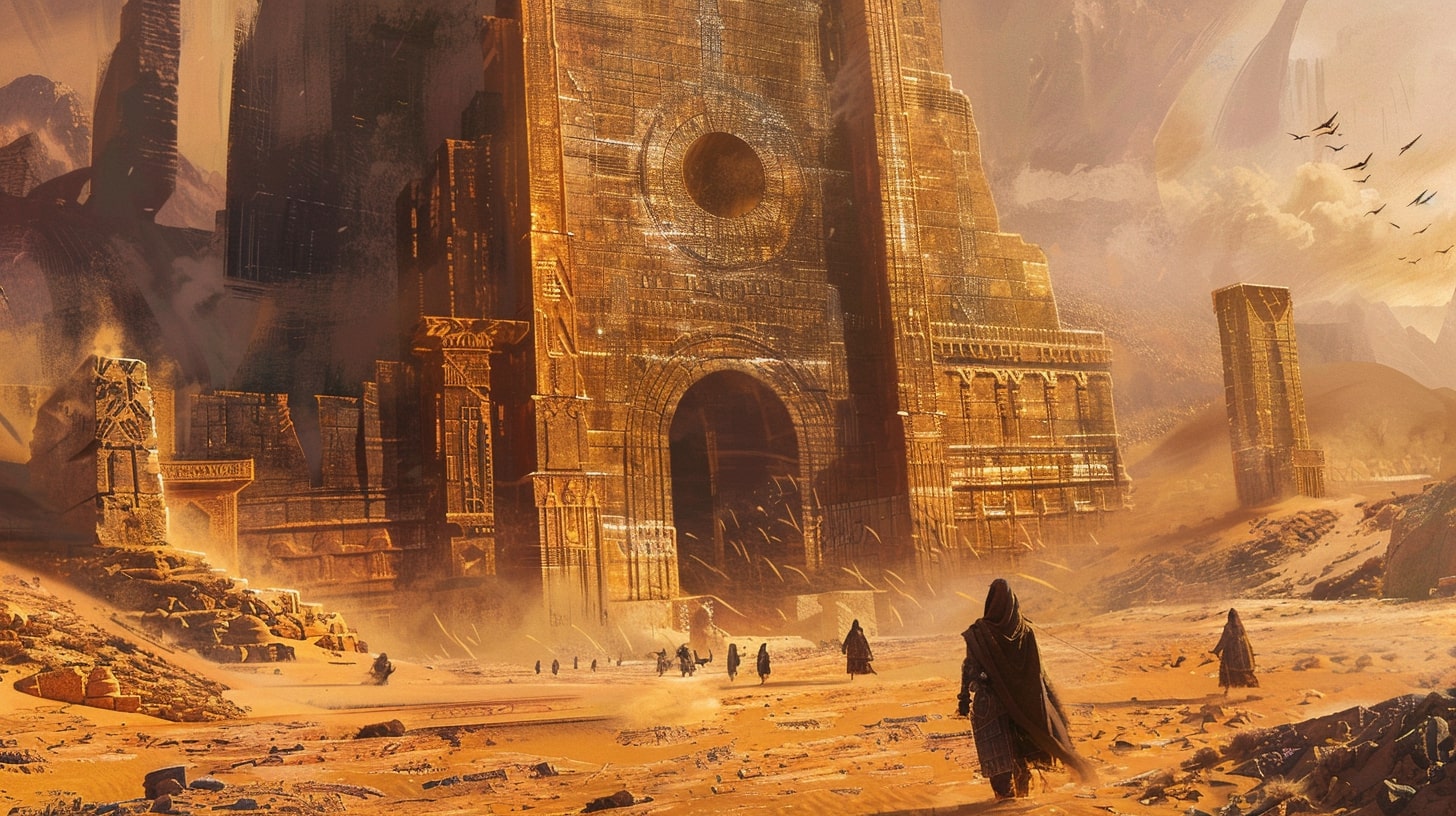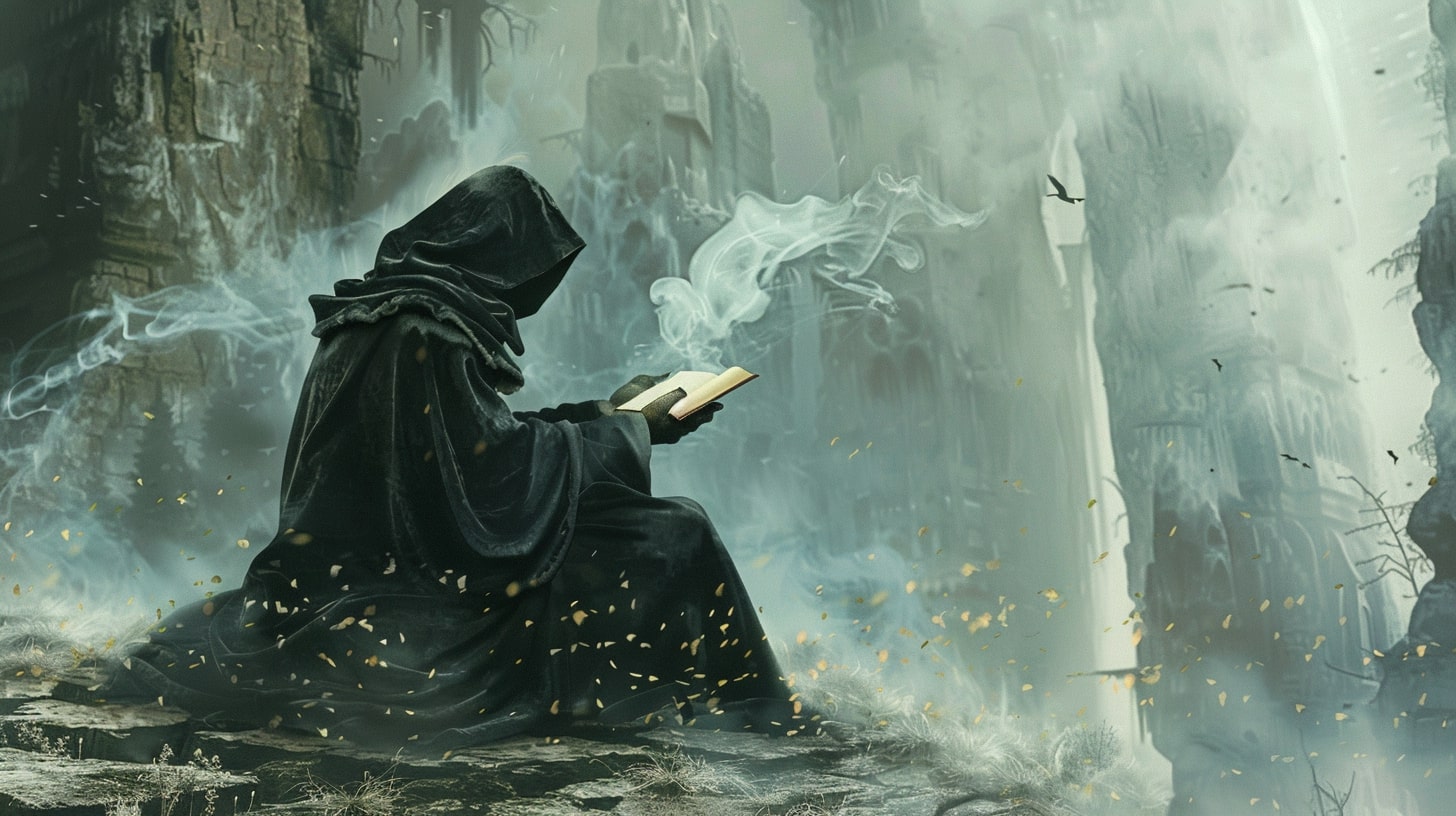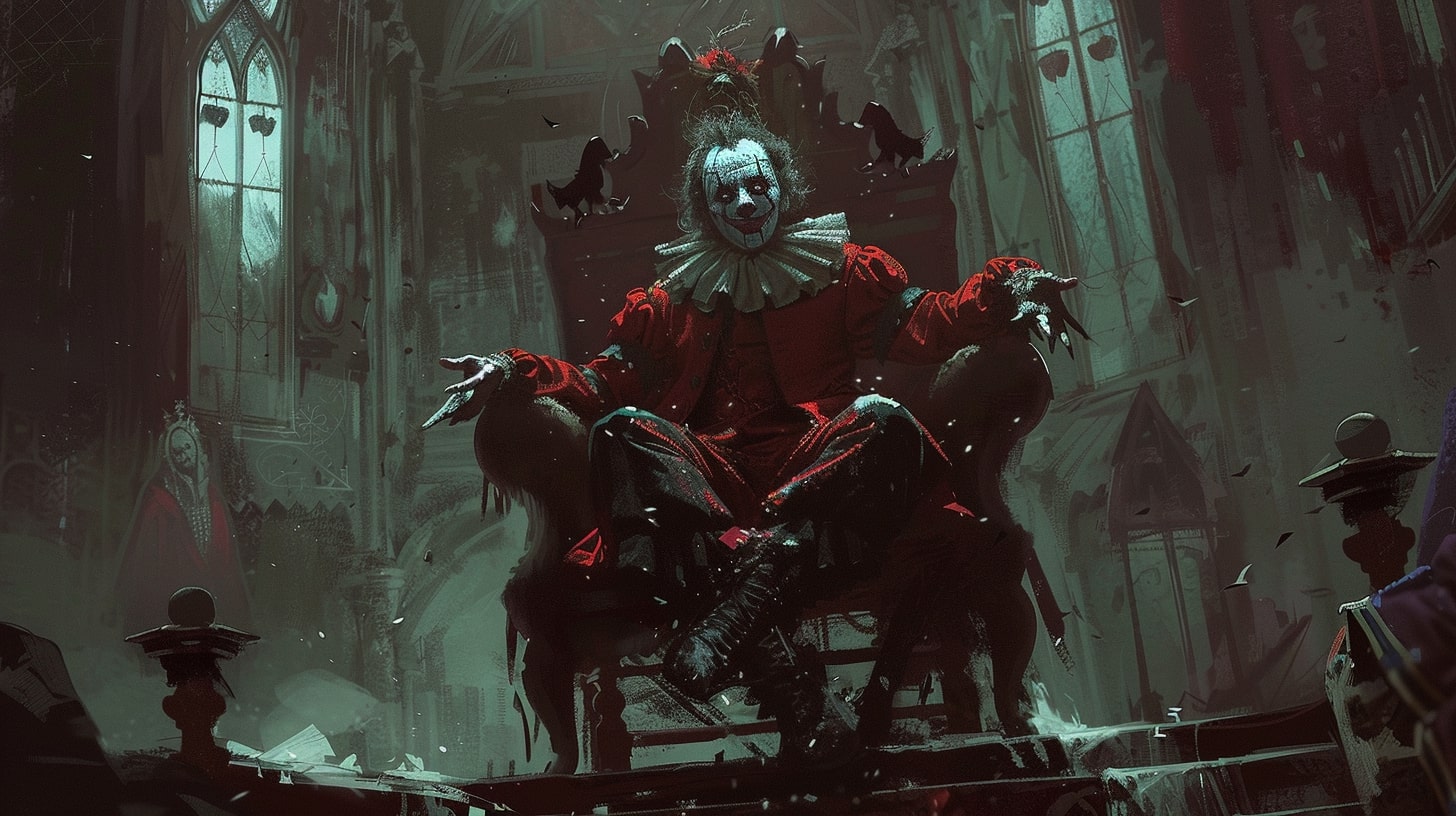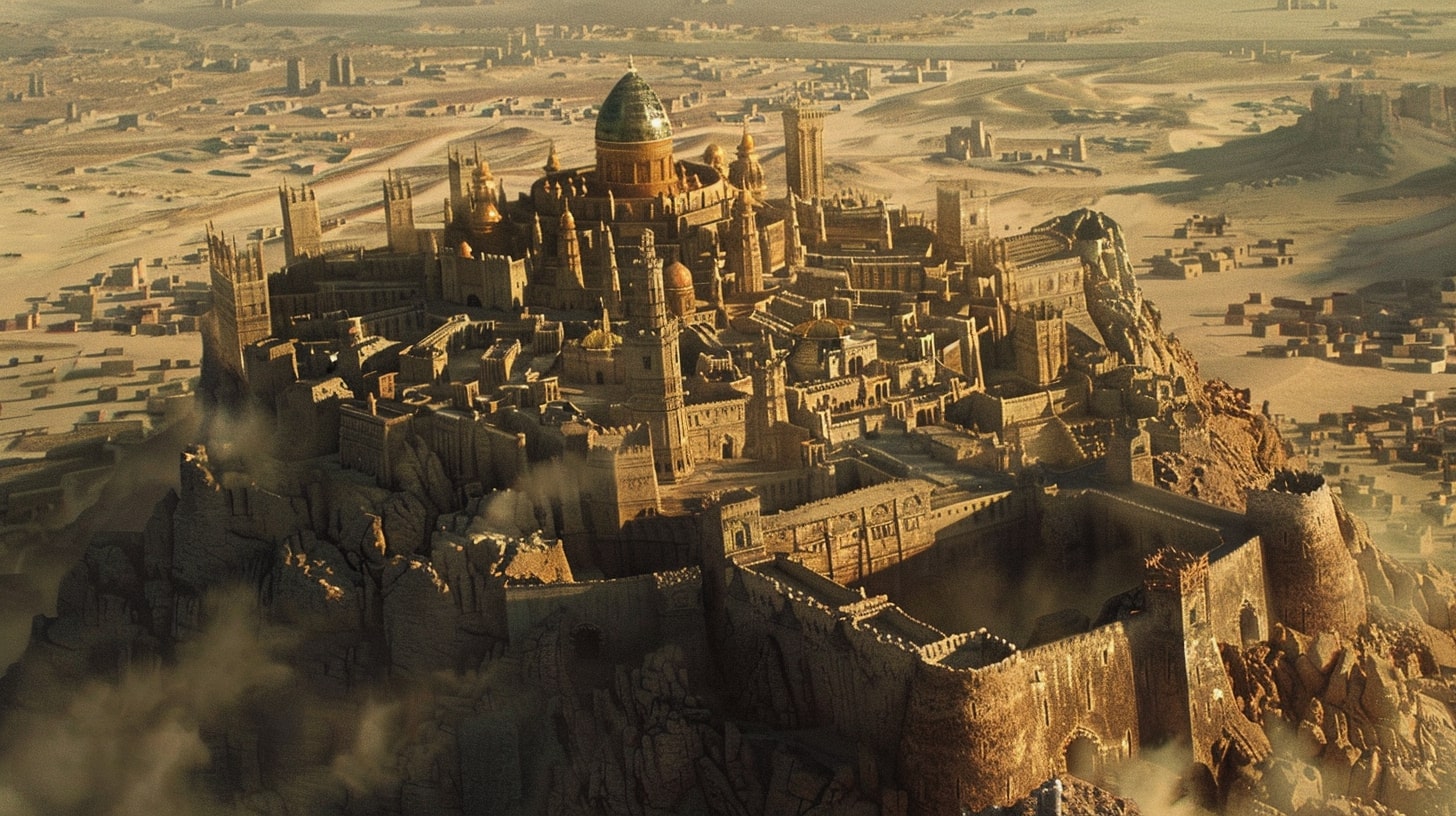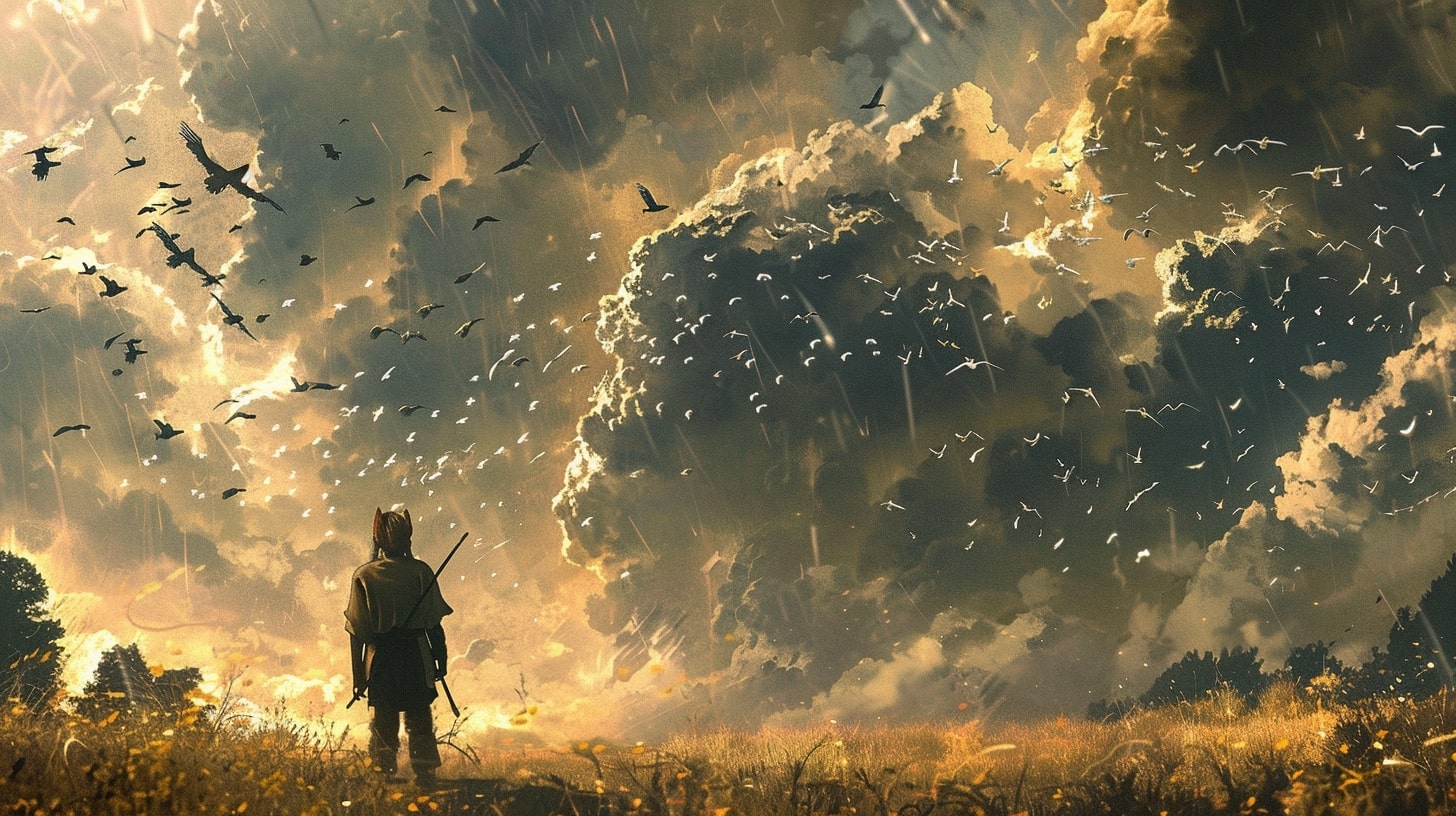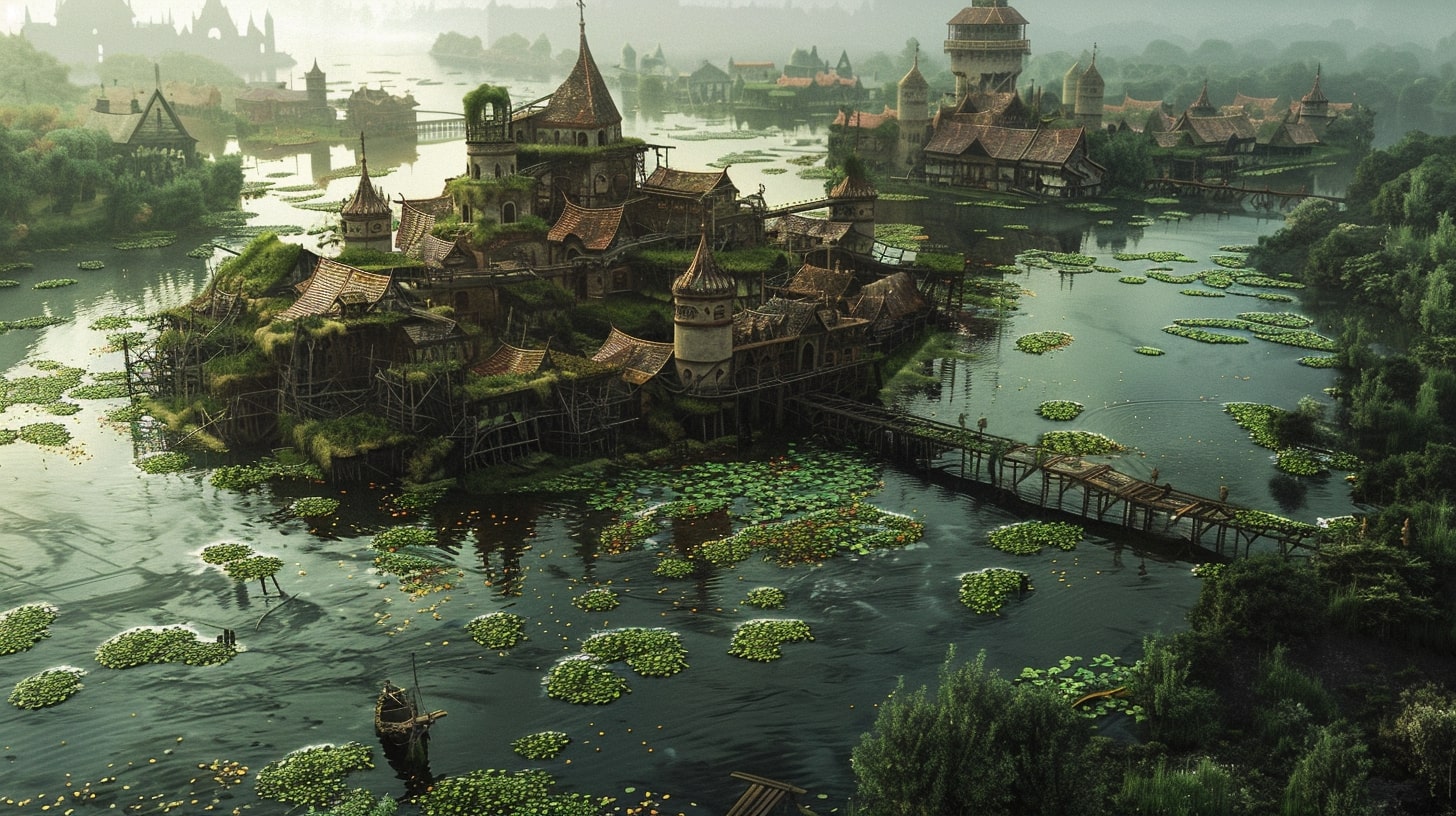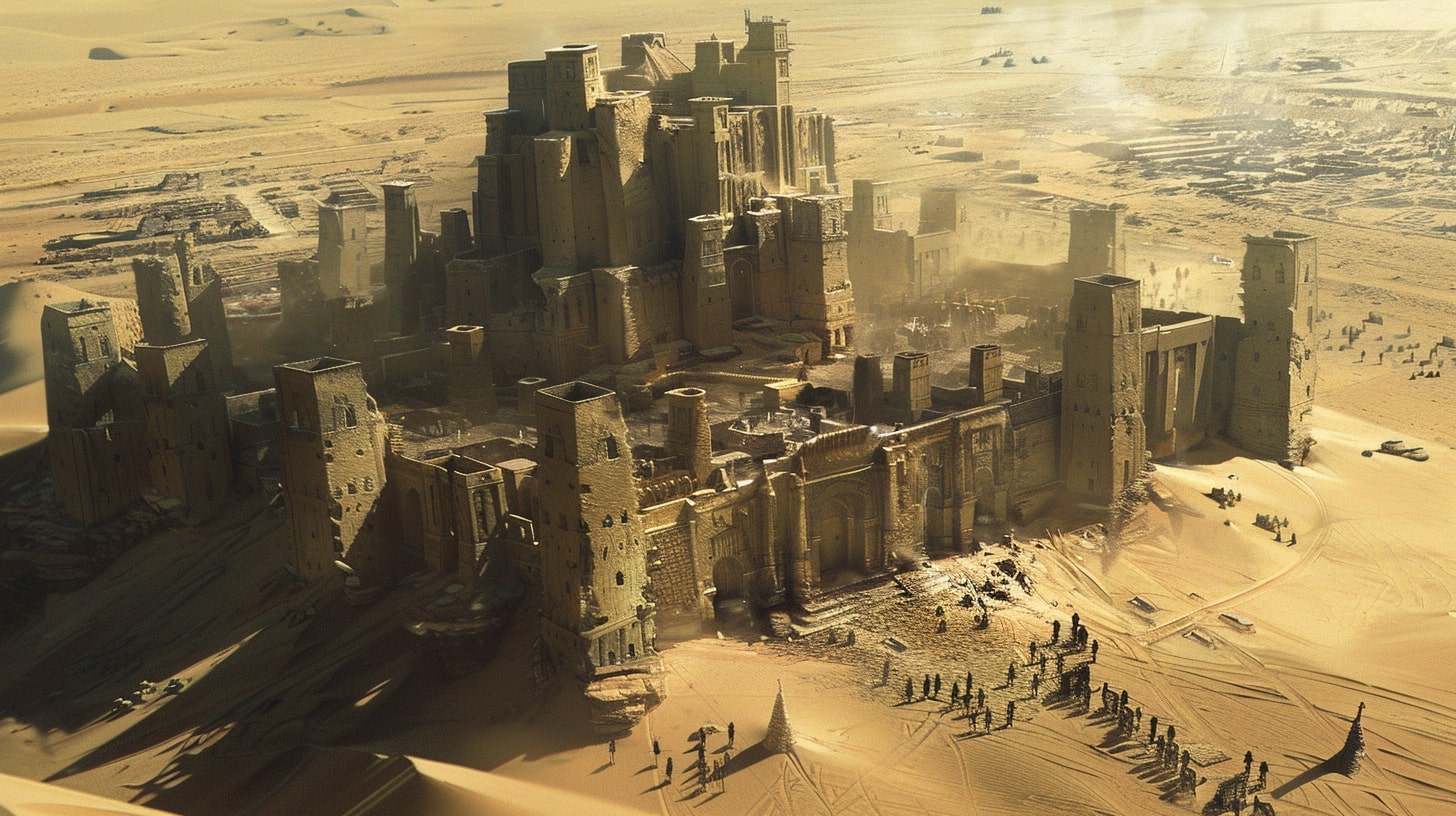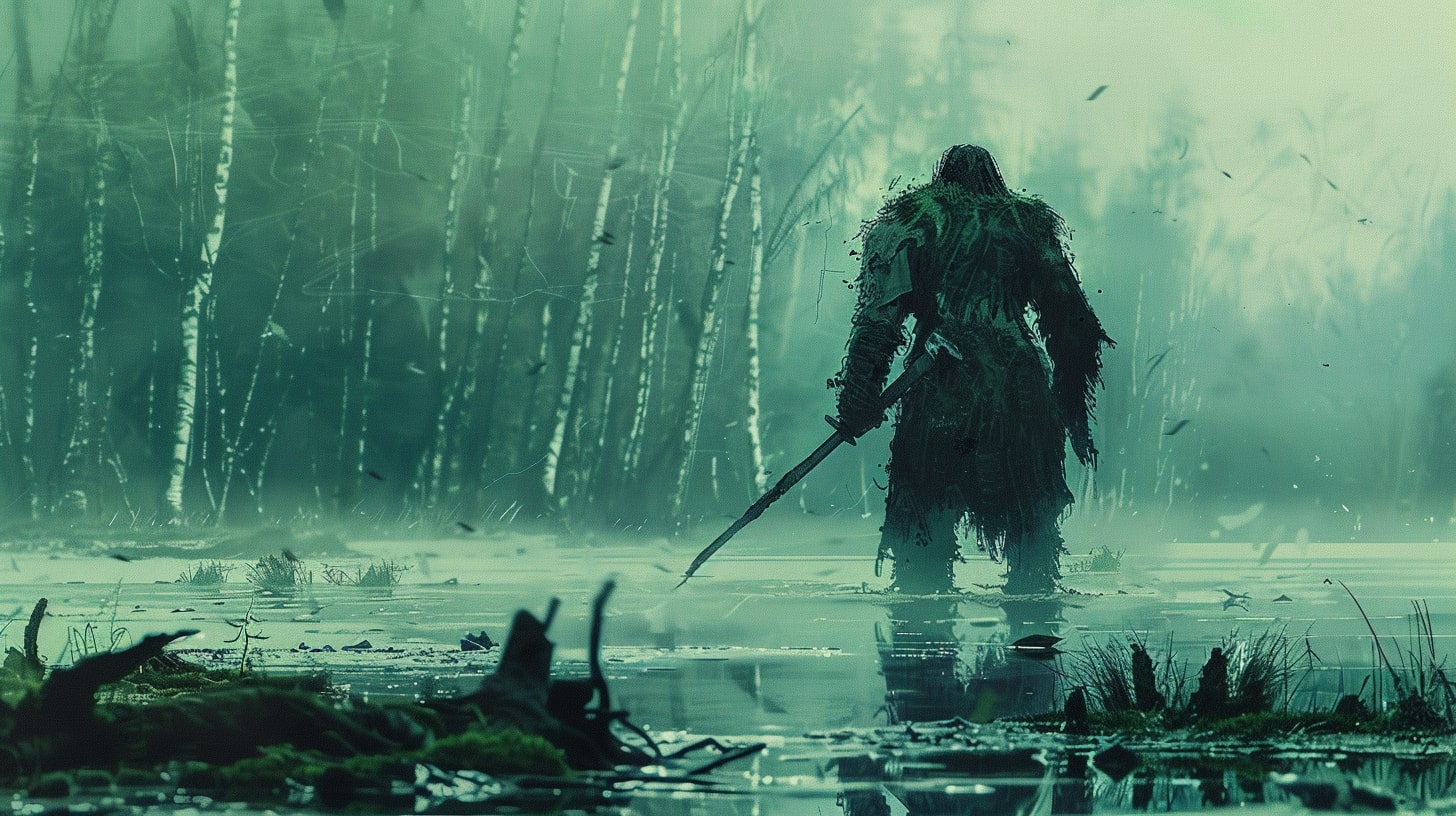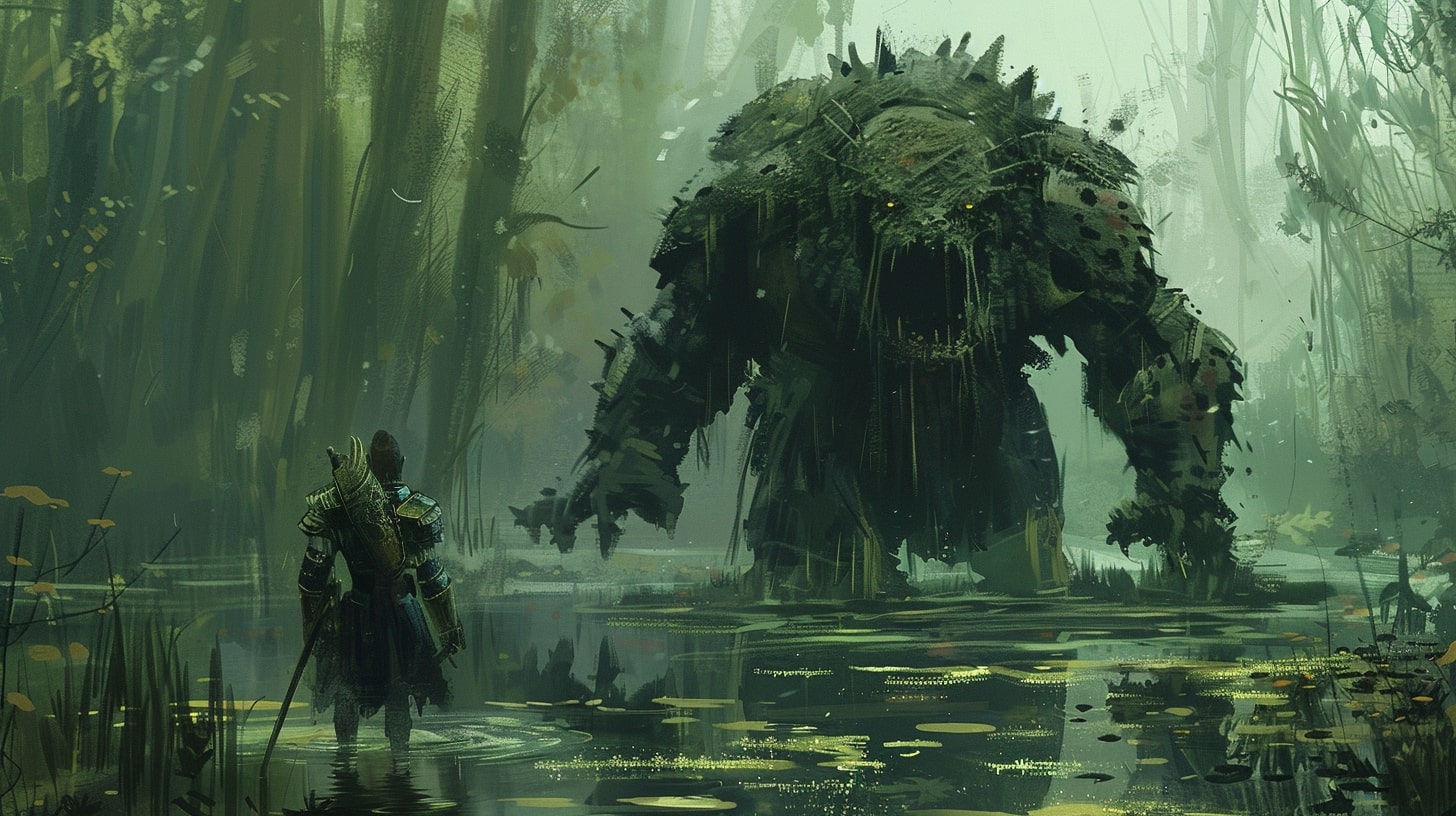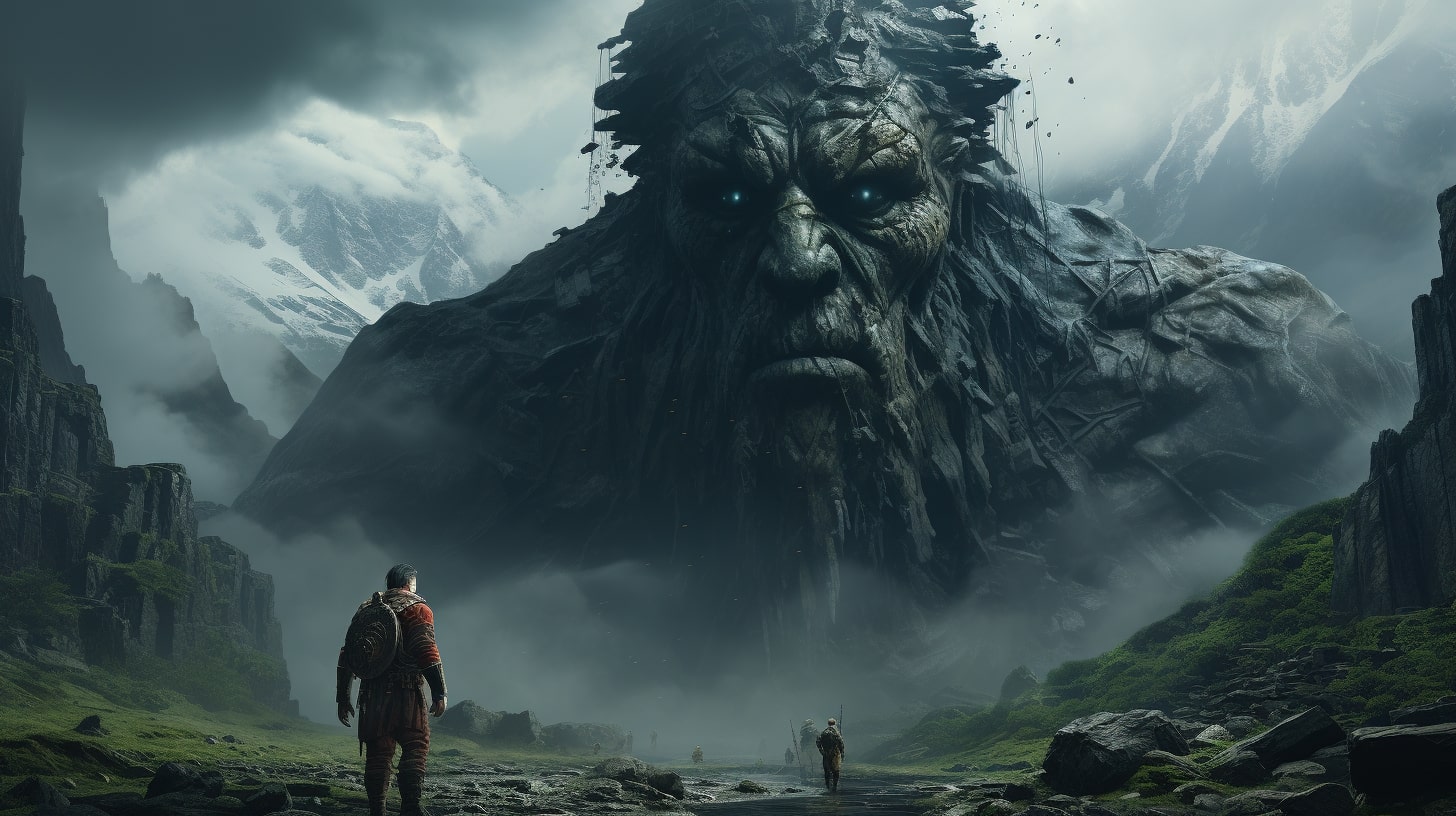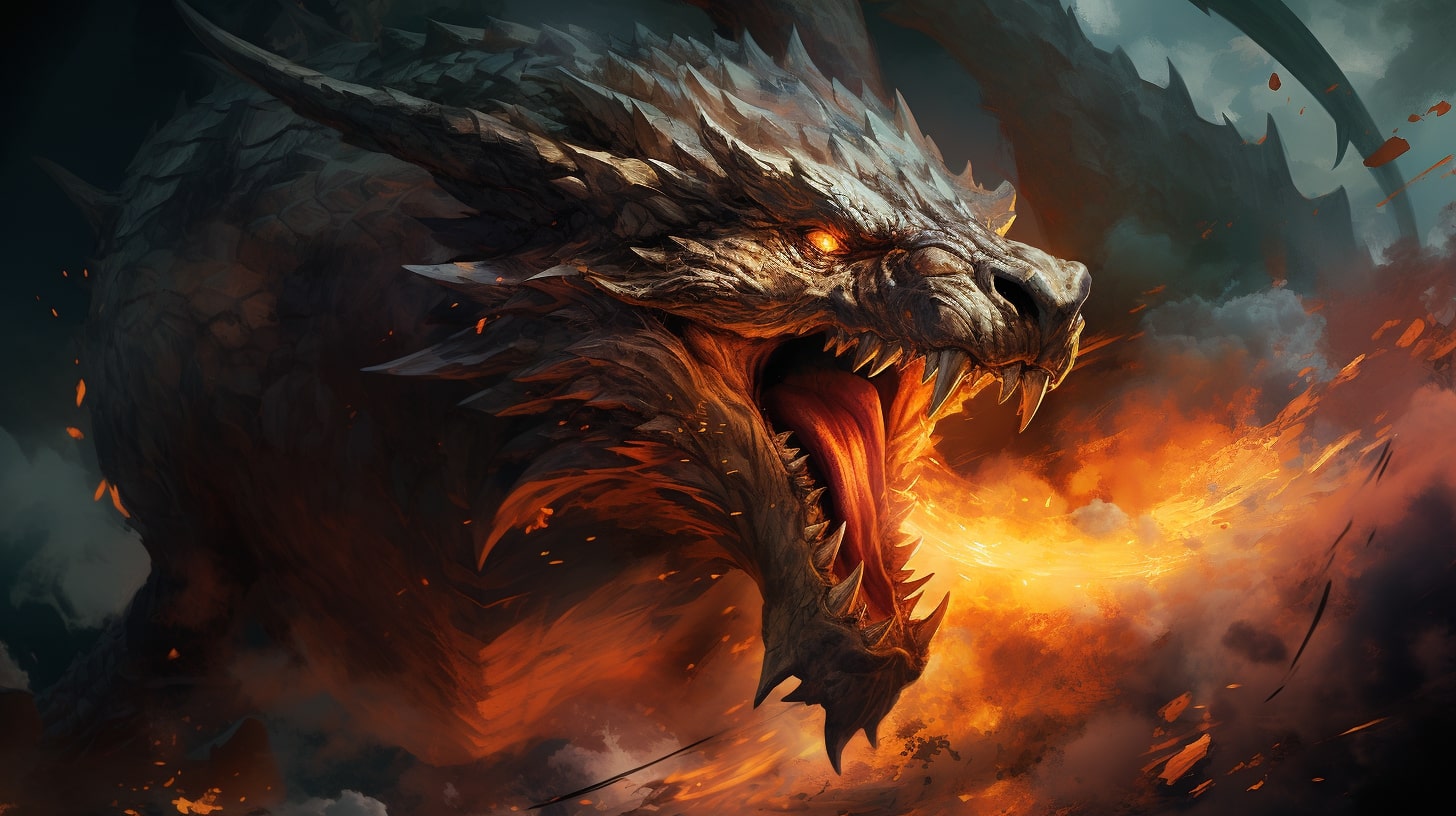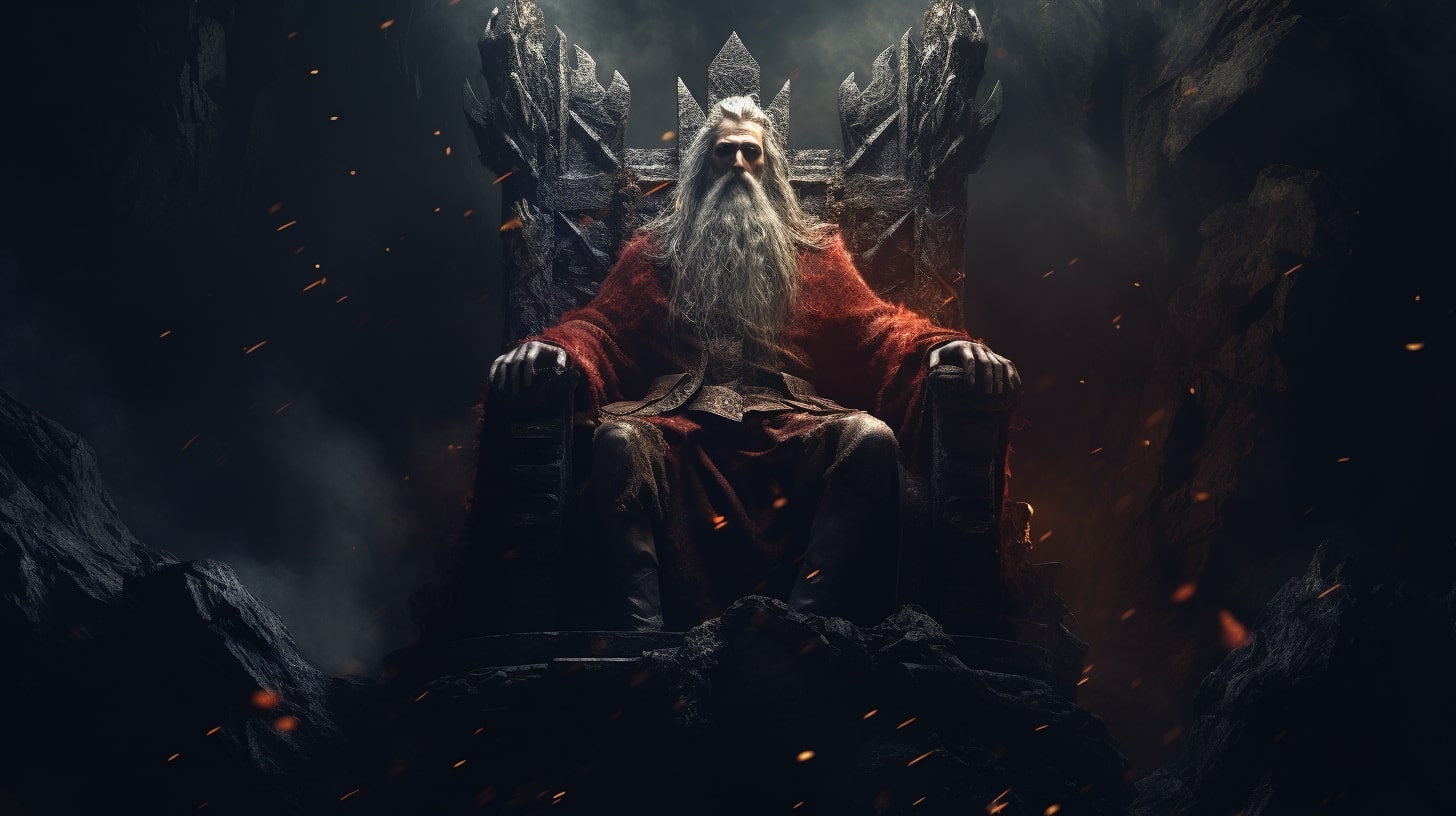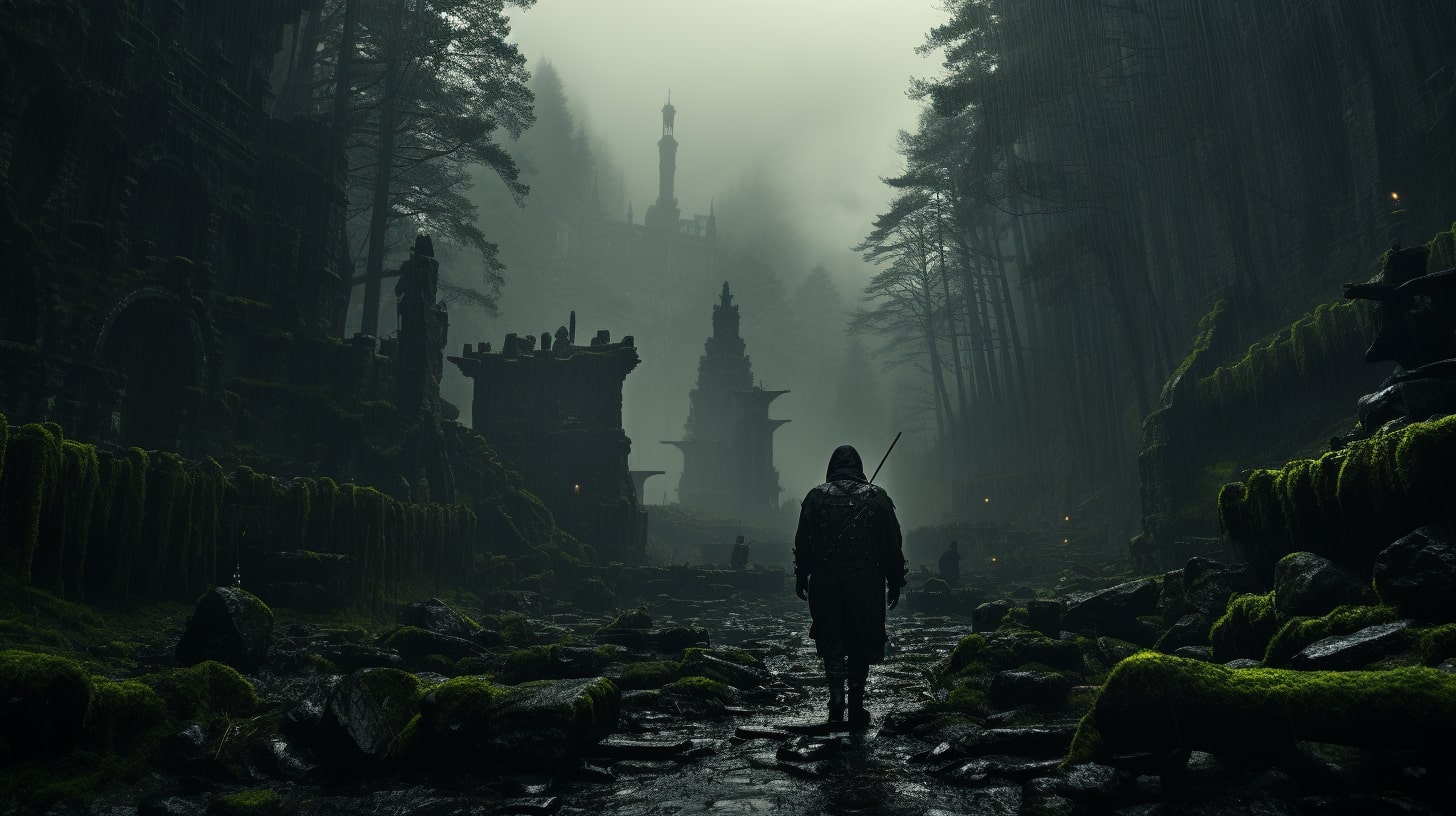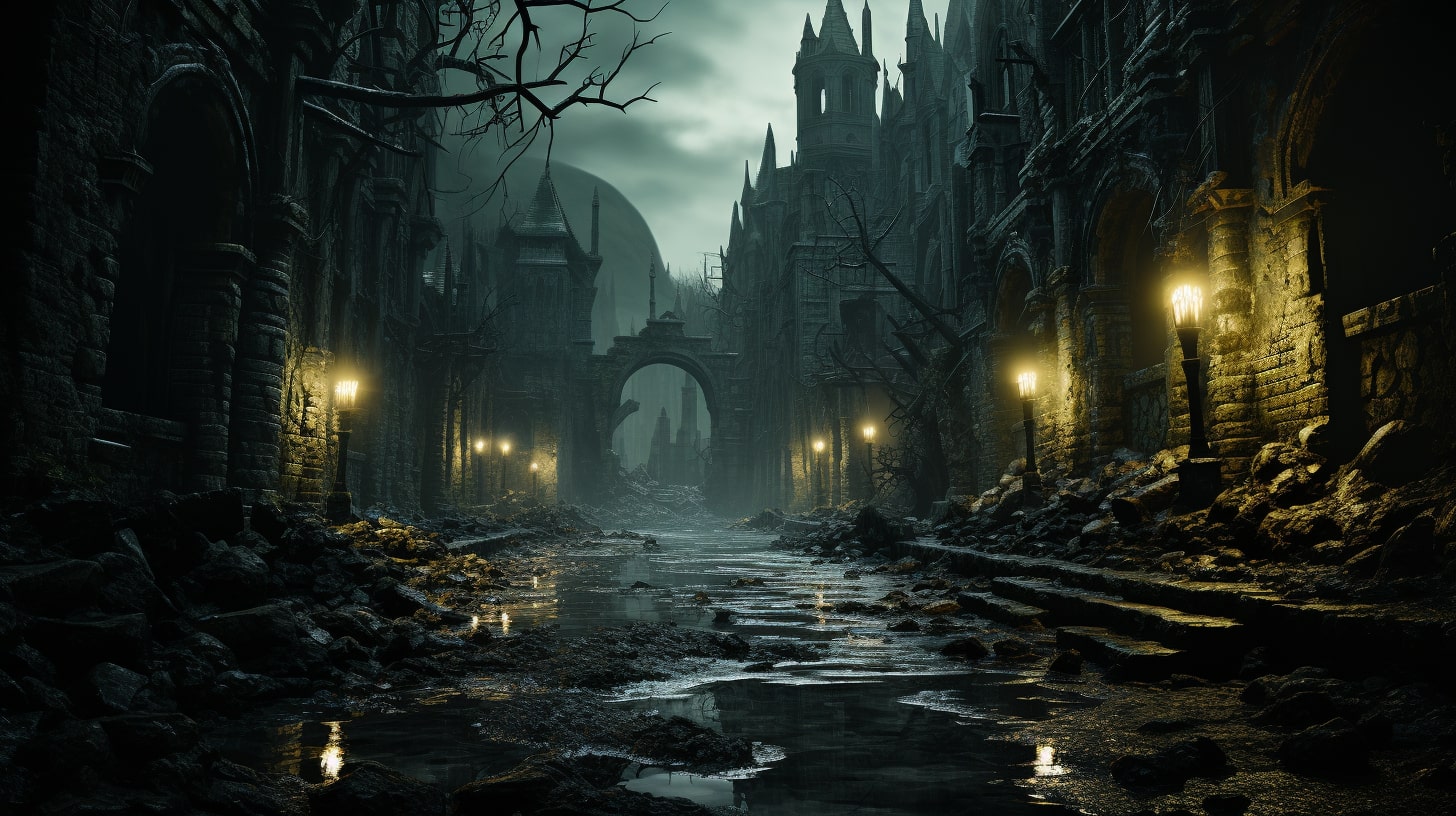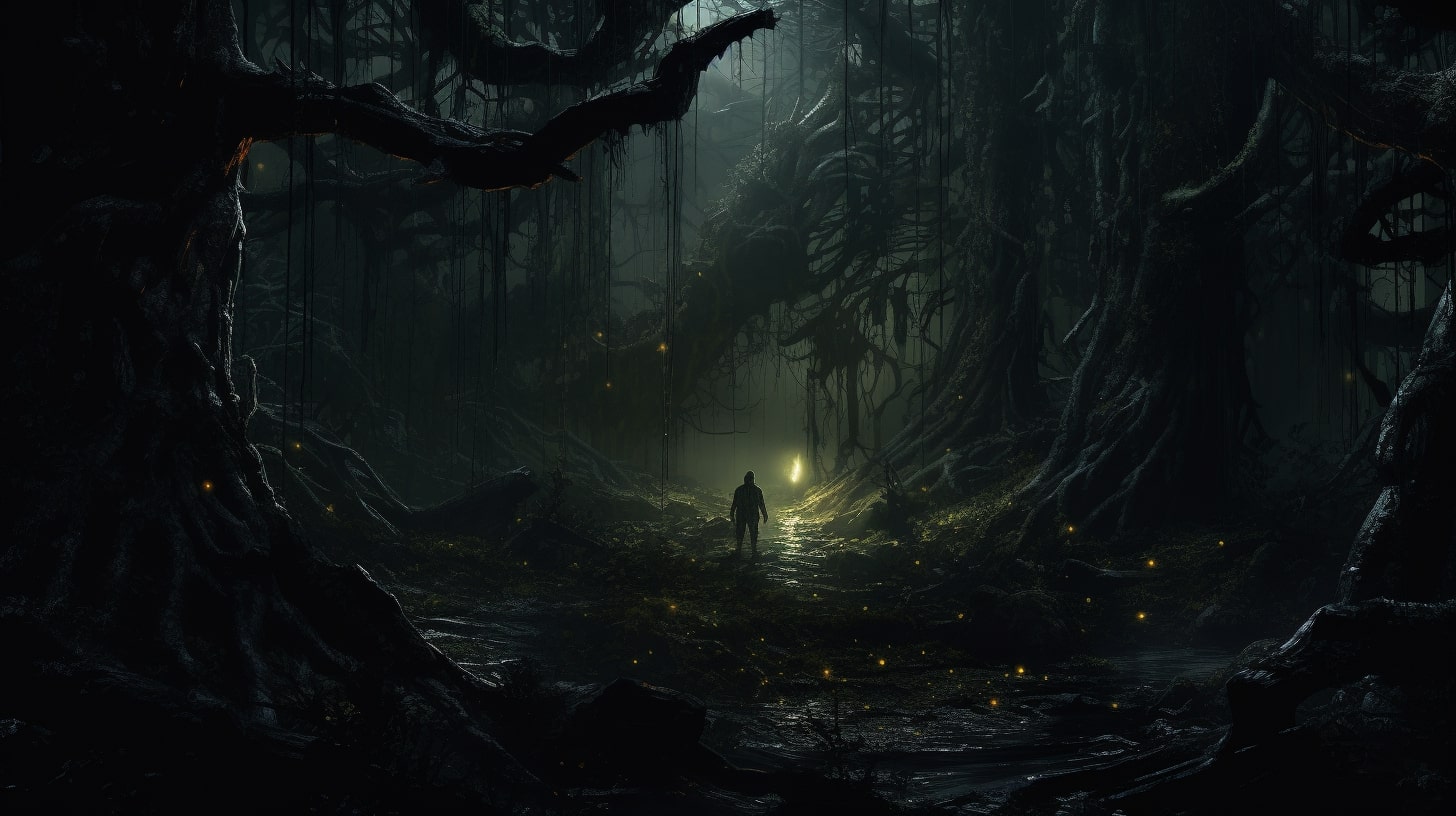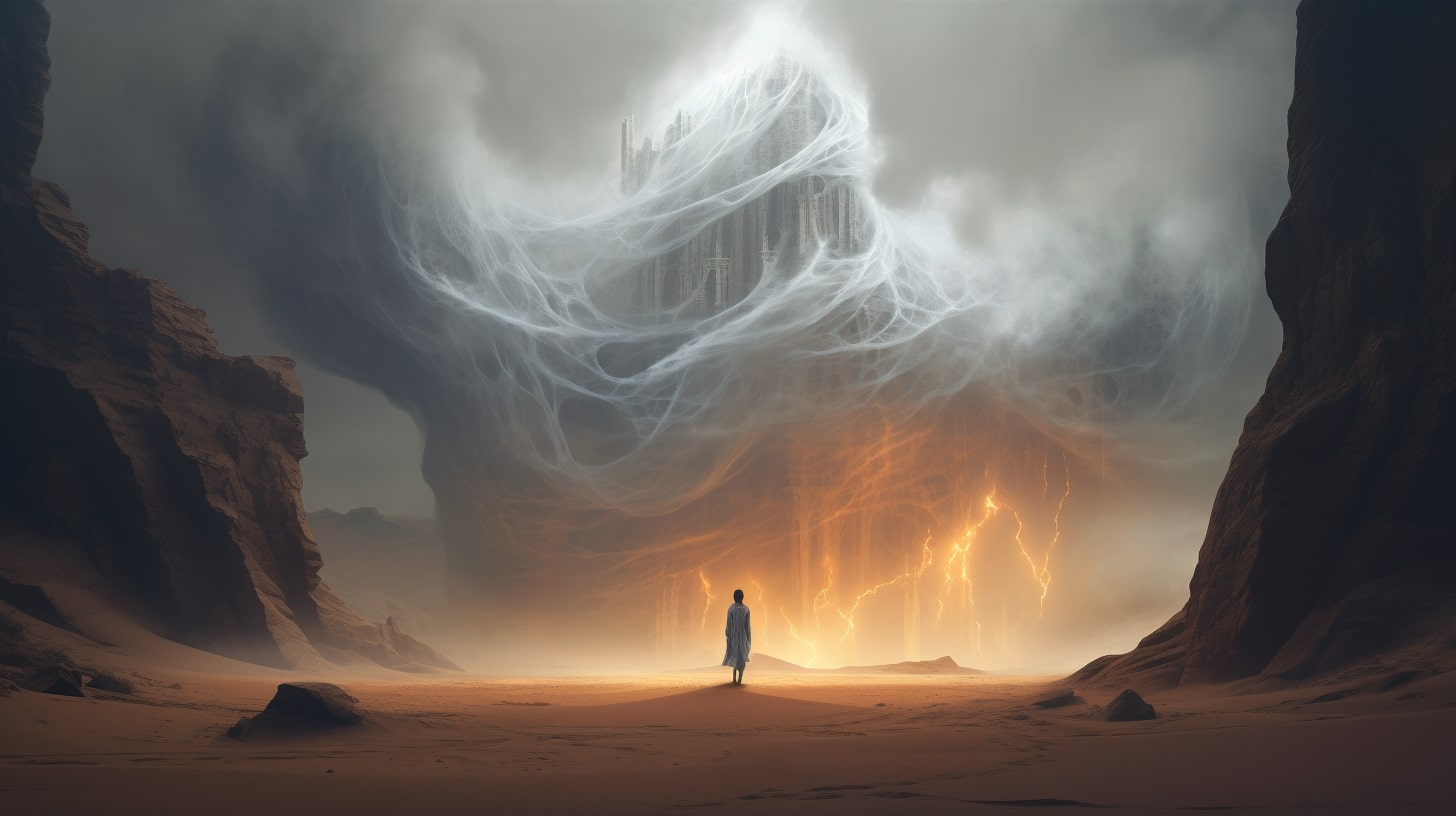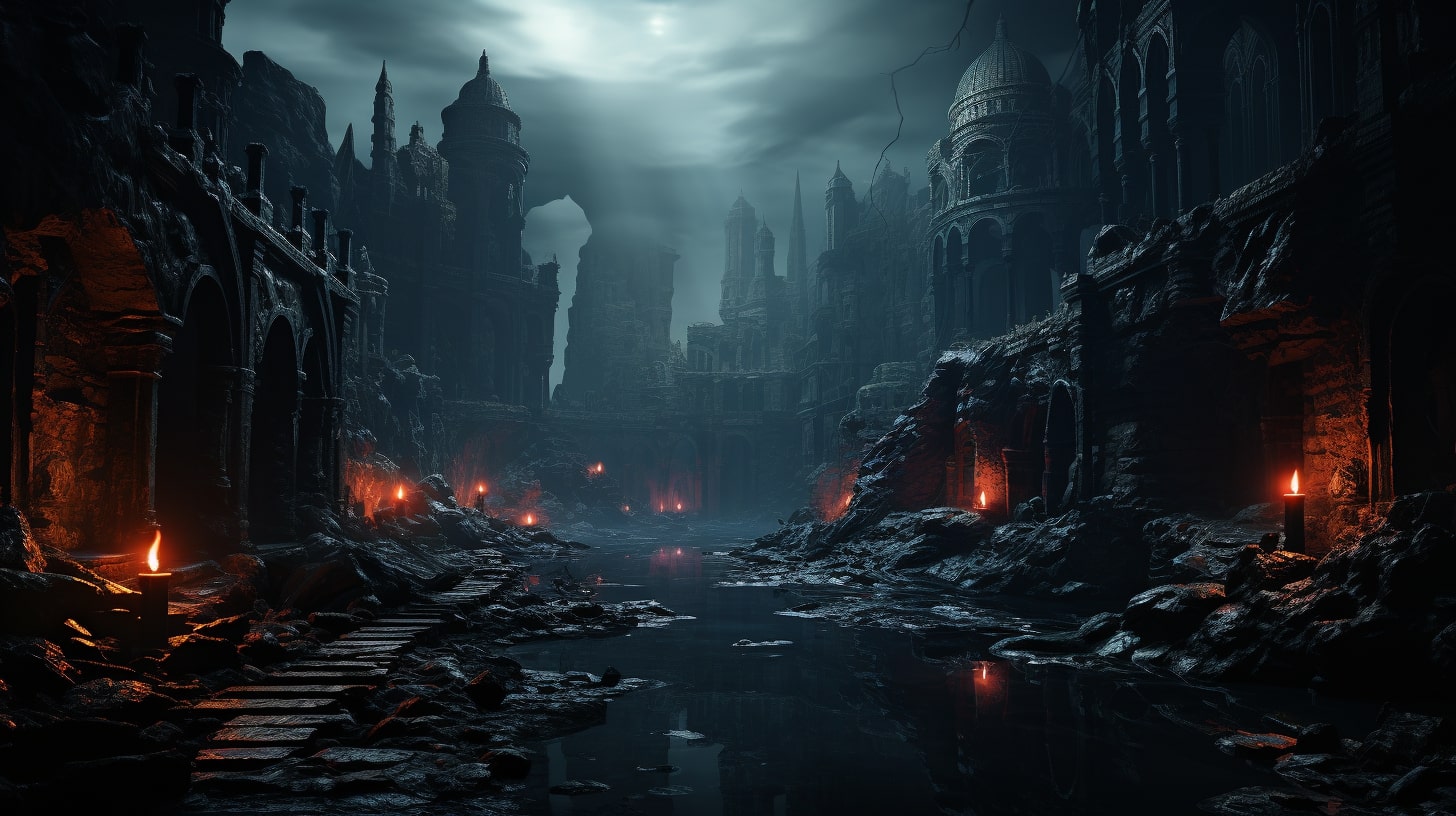The Art of Worldbuilding
In the realm of fiction writing, one of the most captivating aspects is worldbuilding. As an author, you have the power to create entire universes, complete with their own unique cultures, histories, and landscapes.
This is why having a cache of worldbuilding ideas can be so helpful. But what exactly is worldbuilding, and why is it so important in the craft of storytelling?
What is Worldbuilding?
Worldbuilding is the process of constructing a fictional world within which your story takes place. It involves creating the various elements that bring your world to life, such as its geography, climate, societies, and even the intricate magic systems that govern it. Through worldbuilding, you have the opportunity to shape every aspect of your story's setting, making it a rich and immersive experience for your readers.
Worldbuilding goes beyond merely describing the physical attributes of a place. It is about crafting a cohesive and believable universe that feels authentic and consistent. By considering every detail, from the customs and traditions of different cultures to the history and mythology of your world, you can create a vibrant and engaging backdrop for your story to unfold.
The Importance of Worldbuilding in Fiction Writing
Worldbuilding plays a vital role in fiction writing, particularly in genres like fantasy and science fiction. It enhances the storytelling experience, allowing readers to escape into a world that feels real and captivating. Here are a few reasons why worldbuilding is crucial:
Immersive Experience: A well-developed world immerses readers in your story, making them feel as though they are a part of the fictional universe. By carefully crafting the details of your world, you can transport your readers to a place that feels vivid and alive.
Supports Plot and Character Development: The world in which your characters exist can greatly influence their actions, motivations, and relationships. Creating a rich and detailed world provides a solid foundation for your plot and helps shape your characters' journeys.
Enriches the Reading Experience: Thoughtful worldbuilding adds depth and complexity to your story. It enables you to explore intriguing themes, cultural dynamics, and power structures, creating a multi-layered narrative that resonates with readers.
Unleashes Creativity: Worldbuilding is a creative playground where you can let your imagination run wild. It allows you to push the boundaries of what is possible, introducing fantastical elements, unique creatures, and awe-inspiring landscapes.
Sets Your Story Apart: In a crowded literary landscape, worldbuilding can help your story stand out. By crafting a distinct and original world, you create a memorable reading experience and set your work apart from others.
As you embark on your worldbuilding journey, remember to take inspiration from various sources, such as worldbuilding prompts and worldbuilding guides. These resources can provide valuable insights and techniques to help you create a captivating and believable world.
In the following sections, we will delve into inspiring worldbuilding ideas that will help you breathe life into your fictional universe. From creating unique cultures to developing intricate magic systems and designing exotic landscapes, these ideas will fuel your creativity and guide you through the worldbuilding process. So, let's embark on this exciting journey together!
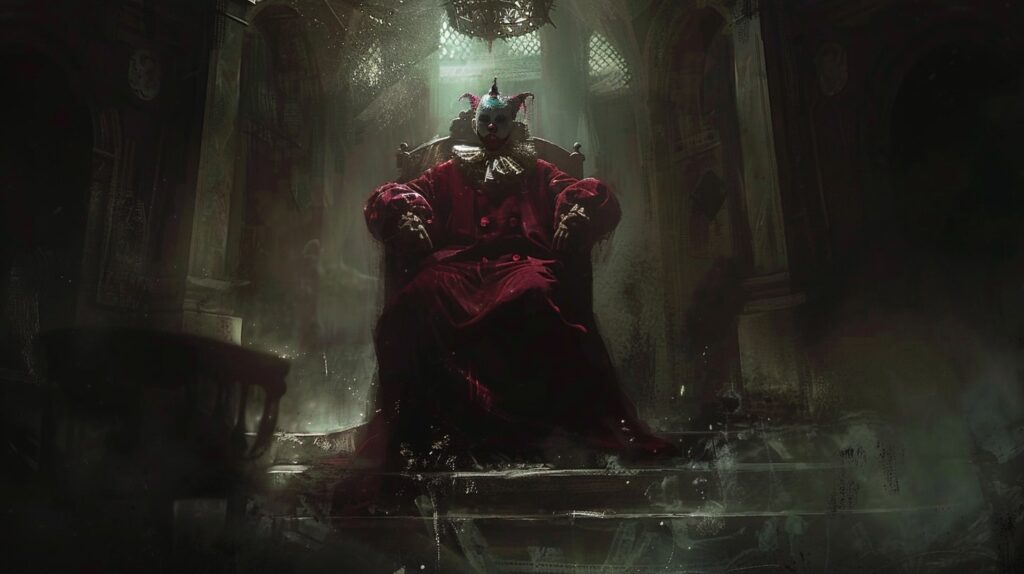
Inspiring Worldbuilding Ideas
When it comes to worldbuilding ideas, the possibilities are endless. As an author, you have the power to create captivating and immersive worlds for your readers. Here are three ideas to kickstart your worldbuilding journey: creating unique cultures, developing intricate magic systems, and designing exotic landscapes.
Creating Unique Cultures
One of the most exciting aspects of worldbuilding is crafting diverse and fascinating cultures. Consider creating cultures with distinct customs, traditions, and belief systems. Explore the nuances of their social structures, languages, and values. To add depth and authenticity to your cultures, draw inspiration from real-world cultures while infusing your own creative flair. Check out our article on worldbuilding cultures for more insights and tips.
Developing Intricate Magic Systems
Magic can bring a sense of wonder and enchantment to your world. Develop intricate magic systems that have their own rules, limitations, and consequences. Consider the source of magic, how individuals access and control it, and the impact it has on society.
Whether it's elemental magic, spellcasting, or unique magical abilities, create a system that is both captivating and internally consistent. Our article on worldbuilding magic systems can provide further guidance and inspiration.
Designing Exotic Landscapes
Transport your readers to breathtaking and otherworldly landscapes. Design exotic and vivid settings that capture the imagination. Consider a variety of elements such as climate, geography, flora, and fauna. Create diverse and awe-inspiring locations such as lush jungles, towering mountain ranges, or vast desert expanses. These landscapes can shape the experiences of your characters and add depth to your storytelling. Refer to our article on worldbuilding geography for more ideas and techniques.
By incorporating these worldbuilding ideas into your writing, you can create immersive and captivating worlds for your readers to explore. Remember to stay consistent within the rules and parameters you establish, and let your creativity soar. For more inspiration and guidance, check out our articles on worldbuilding inspiration and worldbuilding techniques.
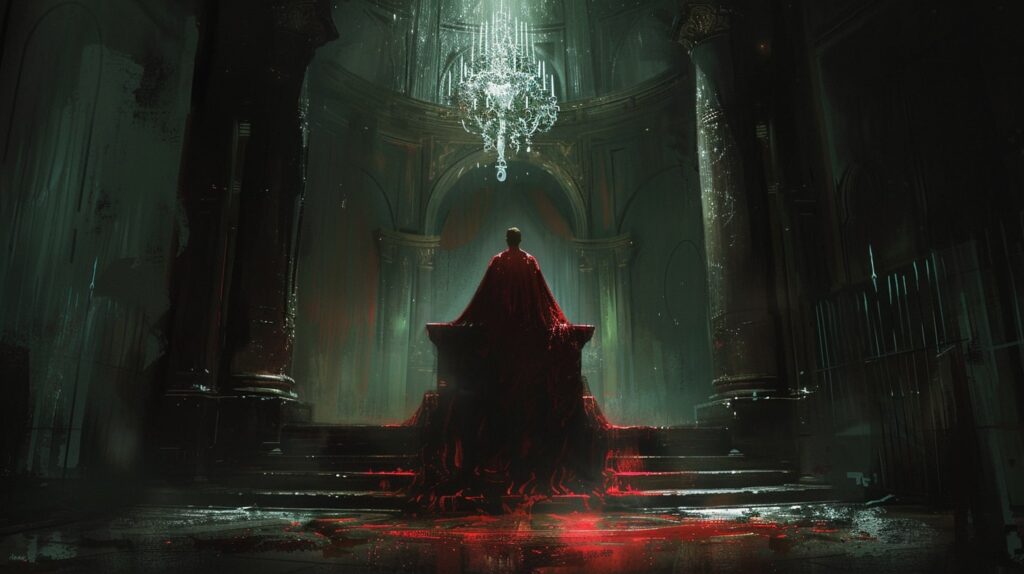
Building Believable Characters
When it comes to worldbuilding, crafting diverse and dynamic characters is an essential aspect of creating a vibrant and believable fictional world. By giving careful thought to the characters in your world, you can add depth and richness to your storytelling. Here are some ideas to help you develop compelling characters in your worldbuilding process.
Crafting Diverse and Dynamic Characters
Incorporating a diverse range of characters in your world can make it feel more realistic and relatable. Consider the various aspects of diversity, such as race, ethnicity, gender, sexuality, age, and ability. By representing a wide range of backgrounds and experiences, you can create a world that reflects the diversity of the real world.
When developing your characters, focus on their unique personalities, motivations, and conflicts. Give them strengths and weaknesses, fears and aspirations. By making your characters multi-dimensional, you can bring them to life and make them more relatable to your readers.
To ensure diversity, consider using worldbuilding prompts and exercises specifically designed to help you create diverse characters. You can find helpful resources on worldbuilding prompts and worldbuilding exercises to inspire your character development.
Exploring Different Species and Races
In addition to diverse human characters, worldbuilding allows you to explore different species and races within your fictional world. Whether it's mythical creatures, alien species, or unique humanoid races, the possibilities are endless. Each species or race can have its own characteristics, cultures, and histories.
When creating different species or races, consider their physical attributes, such as appearance, abilities, and natural habitats. Develop their cultural practices, beliefs, and social structures. Think about the relationships and interactions between different species or races within your world.
By exploring different species and races, you can add layers of complexity and intrigue to your world. It provides opportunities for interesting interactions, conflicts, and alliances. Remember to approach the portrayal of different species or races with sensitivity and avoid stereotypes.
As you build your world, keep in mind that well-developed characters, both human and non-human, contribute to the overall immersion and believability of your fictional world. By crafting diverse and dynamic characters, you can enhance the storytelling experience and engage your readers on a deeper level.
Next, let's explore the importance of establishing rich histories in worldbuilding and how it can add depth and authenticity to your fictional world.
Establishing Rich Histories
To create a captivating world for your story, it's essential to establish rich histories within your fictional universe. By developing ancient civilizations and uncovering legends and myths, you can add depth and intrigue to your worldbuilding.
Imagining Ancient Civilizations
Immerse yourself in the process of worldbuilding by imagining the existence of ancient civilizations within your fictional world. Consider the cultures, technologies, and societal structures that shaped these civilizations. What were their values, beliefs, and customs? How did they interact with the environment and other civilizations?
Andrascu had the Mandarin Civilization which sets the stage for the current world.
To inspire your imagination and spark ideas, you can explore worldbuilding prompts and worldbuilding exercises that focus specifically on ancient civilizations. These resources offer valuable insights and help you develop a detailed backstory for your world. For more guidance on worldbuilding, check out our comprehensive worldbuilding guide.
Uncovering Legends and Myths
Another way to add depth and richness to your worldbuilding is by creating intriguing legends and myths within your fictional universe. These stories can provide a sense of history, explain natural phenomena, or offer moral lessons to your characters and readers.
Consider the creation myths, epic tales, and legendary figures that are part of your world's lore. How do these stories shape the beliefs and values of the cultures within your world? How are they passed down through generations?
By weaving these legends and myths throughout your narrative, you can create a sense of wonder and fascination. They can serve as a source of inspiration for your characters or even drive the plot forward. For more ideas on worldbuilding elements, including legends and myths, take a look at our worldbuilding elements resource.
Remember, worldbuilding is an ongoing process that requires attention to detail and consistency. By establishing rich histories that include ancient civilizations, legends, and myths, you're laying the foundation for an immersive and captivating fictional world. Incorporate these elements seamlessly into your storytelling, and you'll transport your readers to a world they won't want to leave.
Incorporating Politics and Power
As an aspiring fantasy author, developing intriguing political systems and exploring power dynamics and conflict are essential elements of worldbuilding. By carefully crafting the political landscape of your fictional world, you can add depth and complexity to your story. Here are some ideas to consider:
Developing Intriguing Political Systems
When building your political systems, think beyond traditional structures and explore unique approaches. Consider creating a monarchy, a theocracy, or even a council-based government. Each system should have its own set of rules, laws, and governing bodies that influence the behavior and actions of your characters.
To add depth to your political systems, delve into the intricacies of power distribution. Is power inherited or earned? Are there factions or political parties vying for control? Are there checks and balances in place to prevent corruption? By considering these aspects, you can create a political landscape that feels realistic and dynamic.
Exploring Power Dynamics and Conflict
Power dynamics and conflicts are central to political storytelling. Explore the tensions that arise from different groups competing for power or resources. Consider how social hierarchies impact the lives of your characters and shape their interactions. Conflict can stem from ideological differences, power struggles, or the desire for independence.
To create compelling conflicts, introduce opposing factions with conflicting goals, values, or interests. This can lead to political intrigue, alliances, betrayals, and even revolutions. By weaving these elements into your narrative, you can engage readers and keep them invested in the world you've created.
Remember, the internal dynamics of your political systems should also reflect the external conflicts and challenges faced by your characters. The decisions made by those in power can have far-reaching consequences that drive the plot forward.
By incorporating intricate political systems and exploring power dynamics and conflict, you will add depth and complexity to your fictional world. This will not only engage readers but also provide a rich backdrop for the stories you want to tell. For more worldbuilding ideas and inspiration, check out our worldbuilding guide and worldbuilding resources.
Balancing Technology and Fantasy
In the realm of worldbuilding, finding the right balance between technology and fantasy is a delicate task. Integrating technology into fantasy worlds can add depth and complexity to your fictional universe, but it must be done thoughtfully to maintain the integrity of the fantastical elements. Similarly, navigating the effects of technological advancements on the world you've created requires careful consideration. Let's explore these concepts further.
Integrating Technology into Fantasy Worlds
When incorporating technology into your fantasy world, it's important to ensure that it aligns with the overall tone and theme of your story. Consider the level of technological advancement that best suits your narrative. Will your world be reminiscent of a medieval setting with only rudimentary technology, or will it have a more advanced steampunk or futuristic vibe?
The technology you introduce should feel natural and believable within the context of your world. It can be helpful to establish rules and limitations for your technology, ensuring that it doesn't overshadow the fantastical elements that make your world unique. By striking the right balance, you can create a cohesive and immersive environment that captivates your readers.
Navigating the Effects of Technological Advancements
As your fantasy world progresses technologically, it's important to consider the ripple effects that these advancements may have on various aspects of society. How does technology impact the economy, social structure, and cultural norms of your world? Does it create new opportunities or exacerbate existing inequalities?
Exploring the consequences of technological advancements can add depth to your worldbuilding and create compelling storylines. Perhaps the discovery of a new energy source leads to conflicts over control and power. Or maybe the introduction of advanced medical technology raises ethical questions about the nature of life and mortality. By considering these effects, you can create a more realistic and engaging world for your readers.
To maintain consistency in your worldbuilding, it can be helpful to create a timeline or history that documents the evolution of technology within your world. This will allow you to track the progression of technological advancements and ensure that they align with the overall narrative.
Remember, as a fantasy author, you have the freedom to shape and mold your world as you see fit. The integration of technology can enhance your storytelling and provide new avenues for exploration. By striking the right balance between technology and fantasy, you can create a rich and immersive world that captivates your readers.
Continue to explore our worldbuilding resources for more inspiration and guidance on crafting intricate and captivating fictional worlds.
Bringing it All Together
Now that you have explored various aspects of worldbuilding and generated inspiring ideas for your fictional universe, it's time to bring it all together and ensure a cohesive and immersive world for your readers. Consistency and seamless integration of your worldbuilding elements are key to creating a captivating and believable story.
Ensuring Consistency in Worldbuilding
Consistency is crucial in worldbuilding to maintain a sense of realism and coherence within your fictional world. Here are some tips to help you ensure consistency in your worldbuilding:
Create a Worldbuilding Bible: Develop a centralized document or reference guide that contains all the essential details and information about your world. This can include maps, timelines, character profiles, cultural traditions, and any other relevant details. This bible will serve as a valuable resource to keep your worldbuilding consistent throughout your writing process.
Establish Rules and Limitations: Set clear rules and limitations within your world to maintain internal consistency. Consider factors such as the laws of physics, magic systems, and cultural norms. By establishing these boundaries, you can create a world that feels grounded and logical.
Keep Track of Details: Maintain a detailed record of all the worldbuilding elements you create. This can help you avoid contradictions and inconsistencies. You can use spreadsheets, tables, or dedicated software to keep track of information such as character names, locations, and historical events.
Review and Revise: Regularly review your worldbuilding materials and revisit your world's rules and details. As your story develops, you may discover the need to refine or expand certain aspects of your world. By continuously reviewing and revising your worldbuilding, you can ensure consistency and coherence.
Incorporating these practices will help you maintain a consistent and believable world for your readers to immerse themselves in.
Incorporating Worldbuilding Seamlessly into Your Writing
While worldbuilding is a vital aspect of your storytelling, it should seamlessly integrate into your narrative rather than overpower it. Here are some strategies to incorporate worldbuilding seamlessly into your writing:
Show, Don't Tell: Instead of explicitly explaining every aspect of your world, allow your readers to discover and experience it through the actions, dialogue, and interactions of your characters. By showing the world in action, you engage your readers and make the world feel more organic.
Integrate Worldbuilding Naturally: Introduce worldbuilding details organically within the context of the story. Avoid lengthy info-dumps that disrupt the flow of the narrative. Weave worldbuilding elements into the plot, dialogue, and character development to create a seamless reading experience.
Reveal Worldbuilding Incrementally: Gradually unveil the different aspects of your world as the story progresses. This keeps readers engaged and curious, wanting to learn more about the world you've created. By slowly revealing the details, you build anticipation and create a sense of discovery.
Use Multiple Points of View: Utilize multiple points of view to showcase different perspectives and experiences within your world. This allows readers to explore various aspects of your world through the eyes of different characters, enriching their understanding and immersion.
By incorporating your worldbuilding seamlessly into your writing, you create an immersive experience for your readers, allowing them to explore and engage with the intricacies of your fictional universe.
With these strategies in mind, you can confidently build a rich and captivating world for your story. Remember to refer to our worldbuilding resources for further guidance and inspiration throughout your worldbuilding journey. Happy writing!

